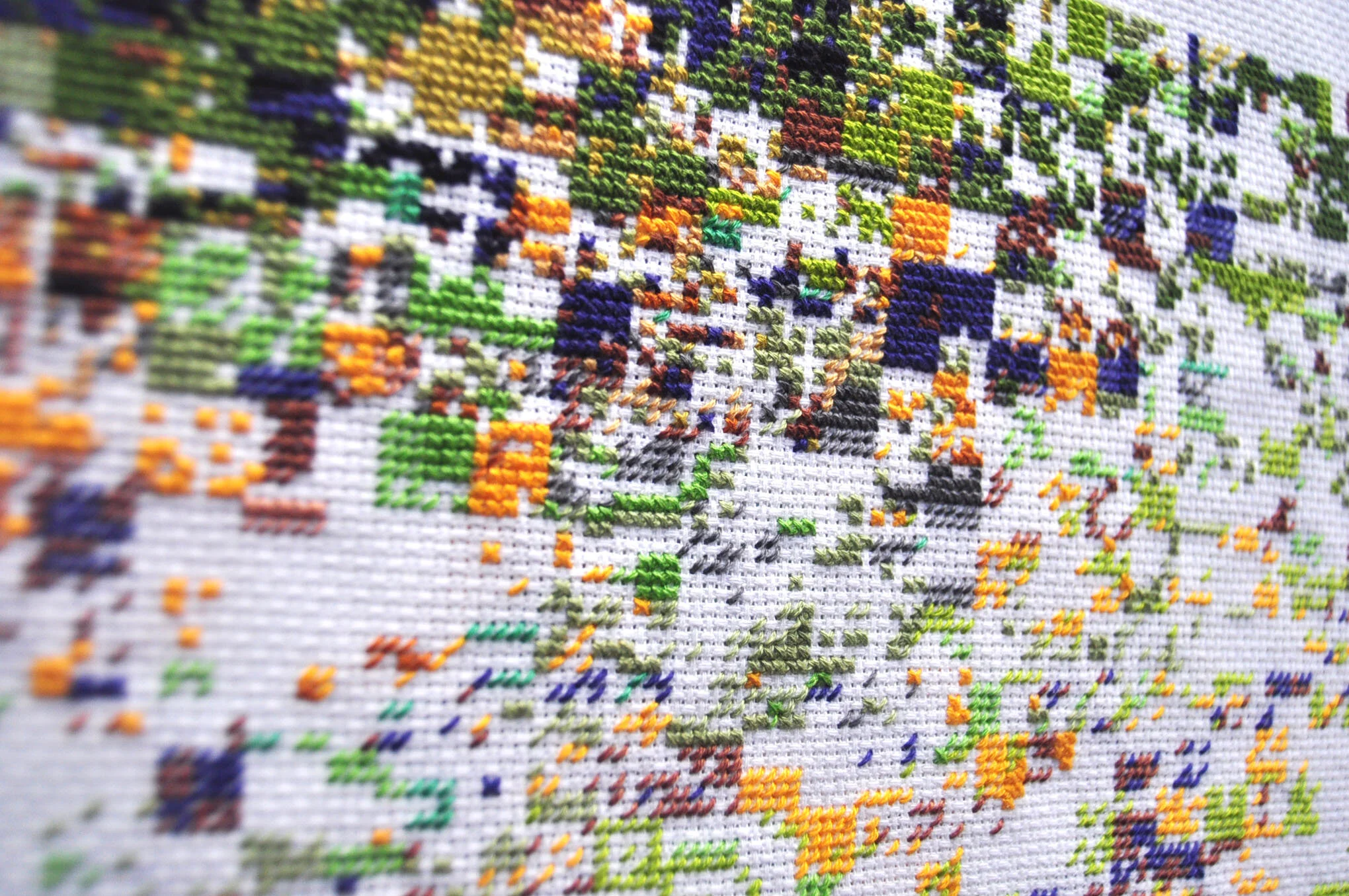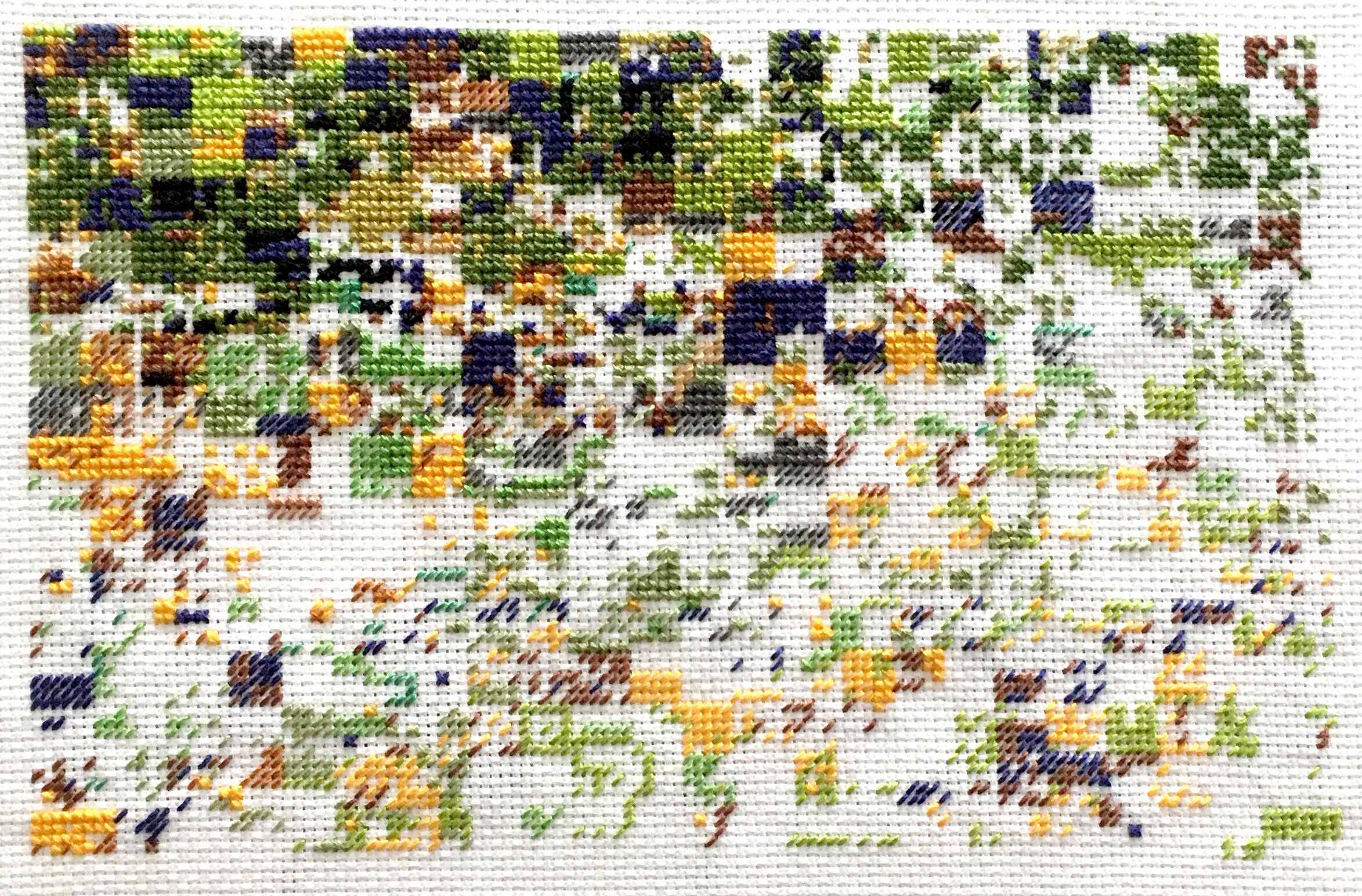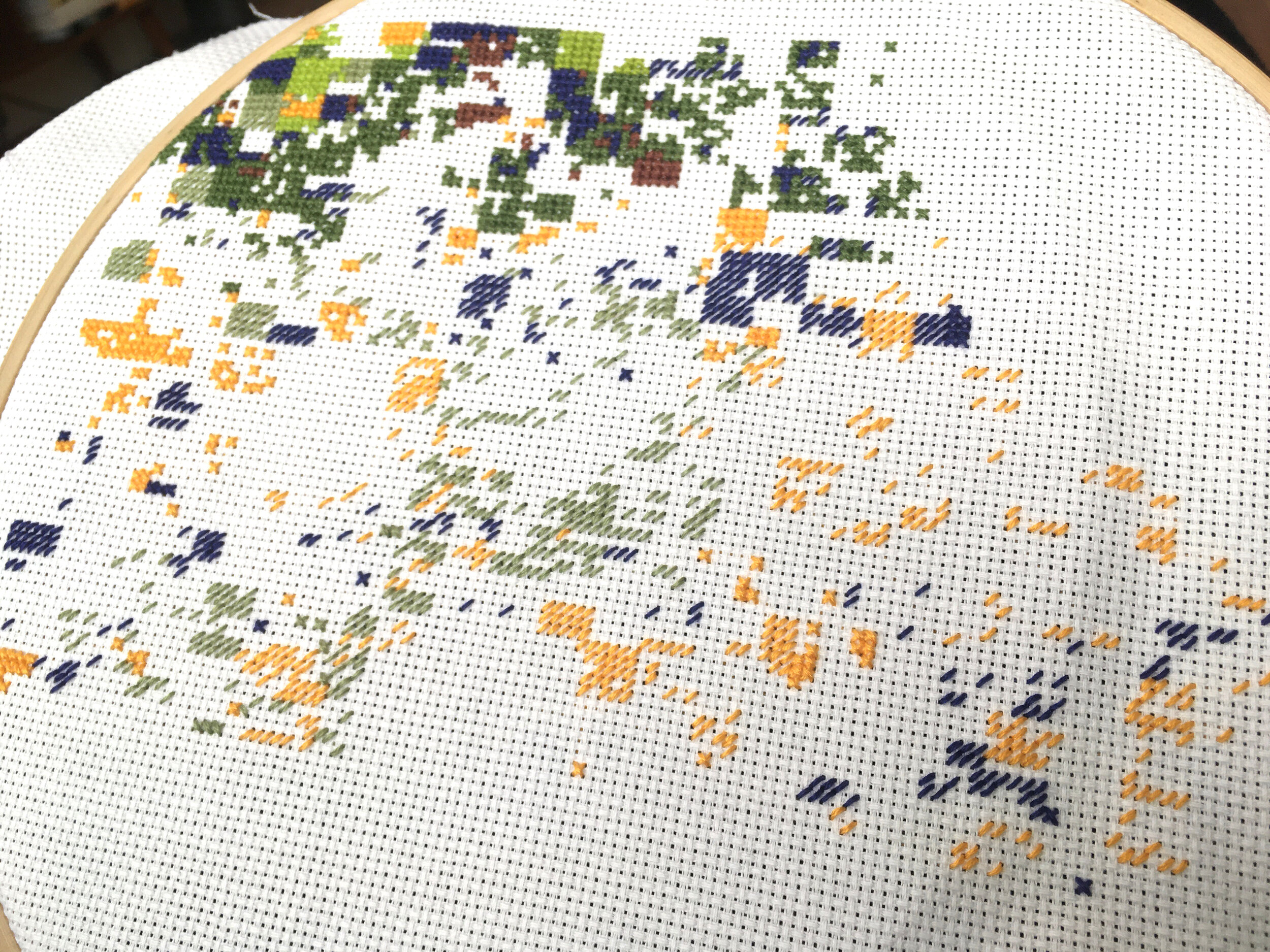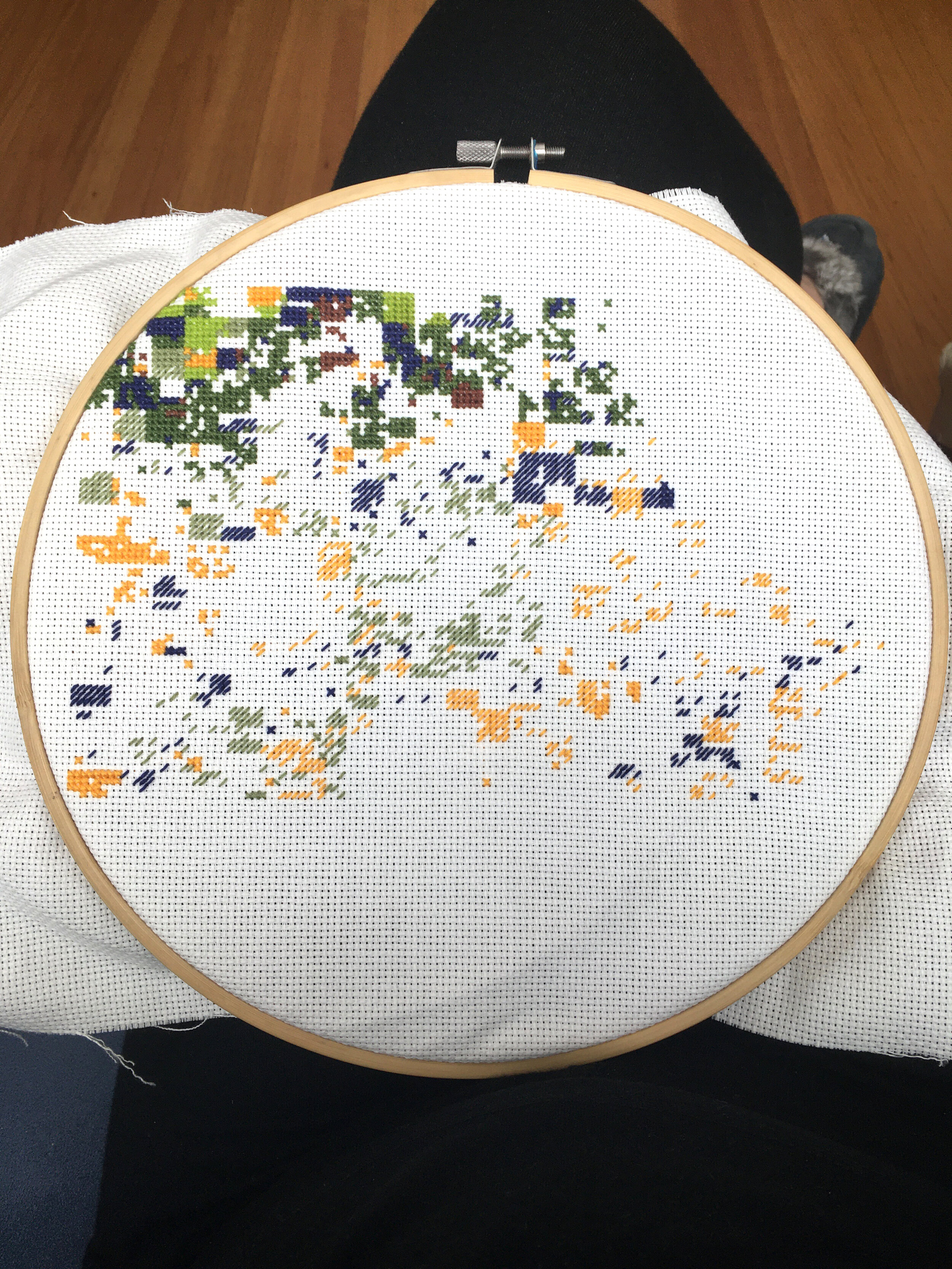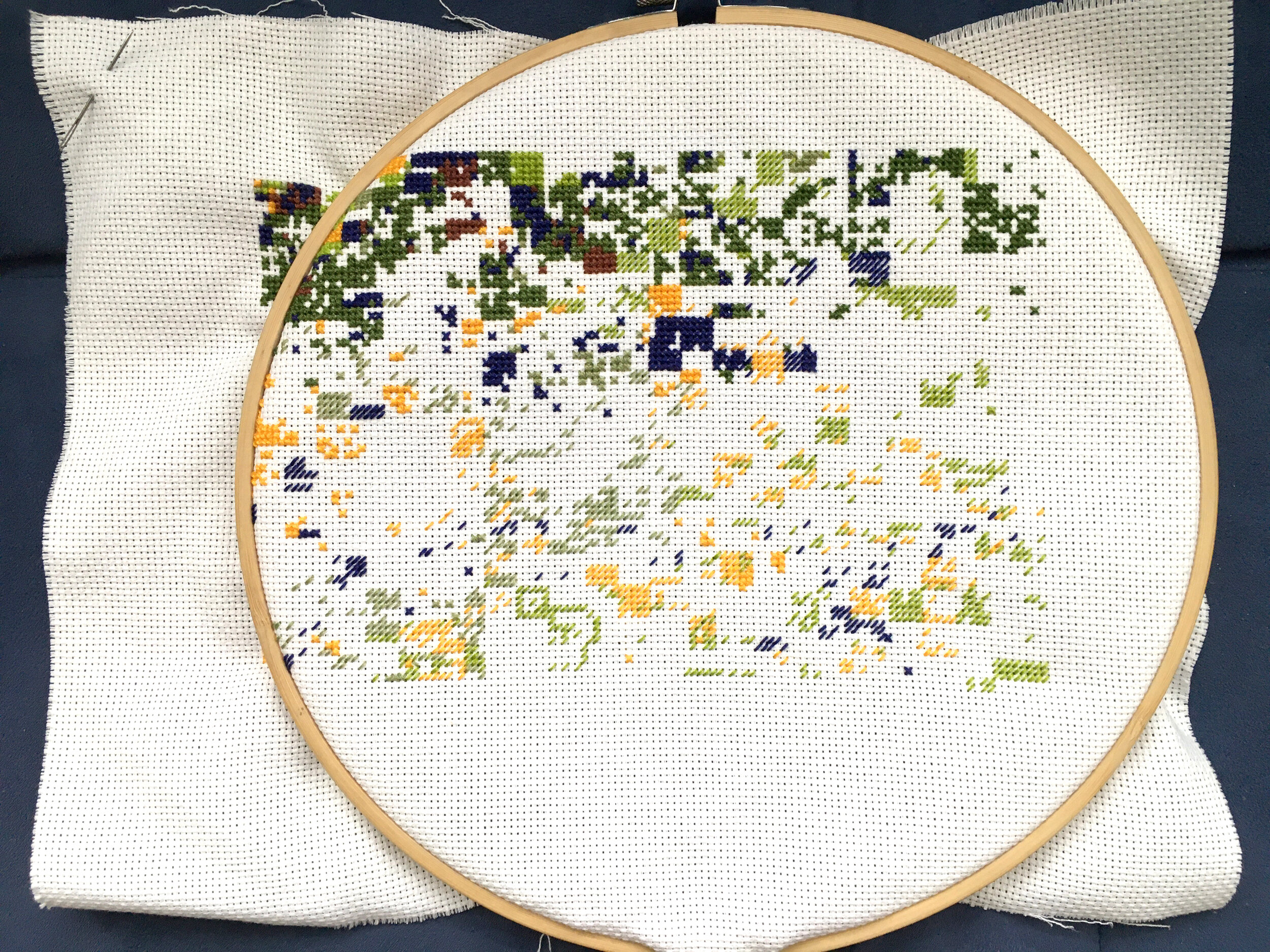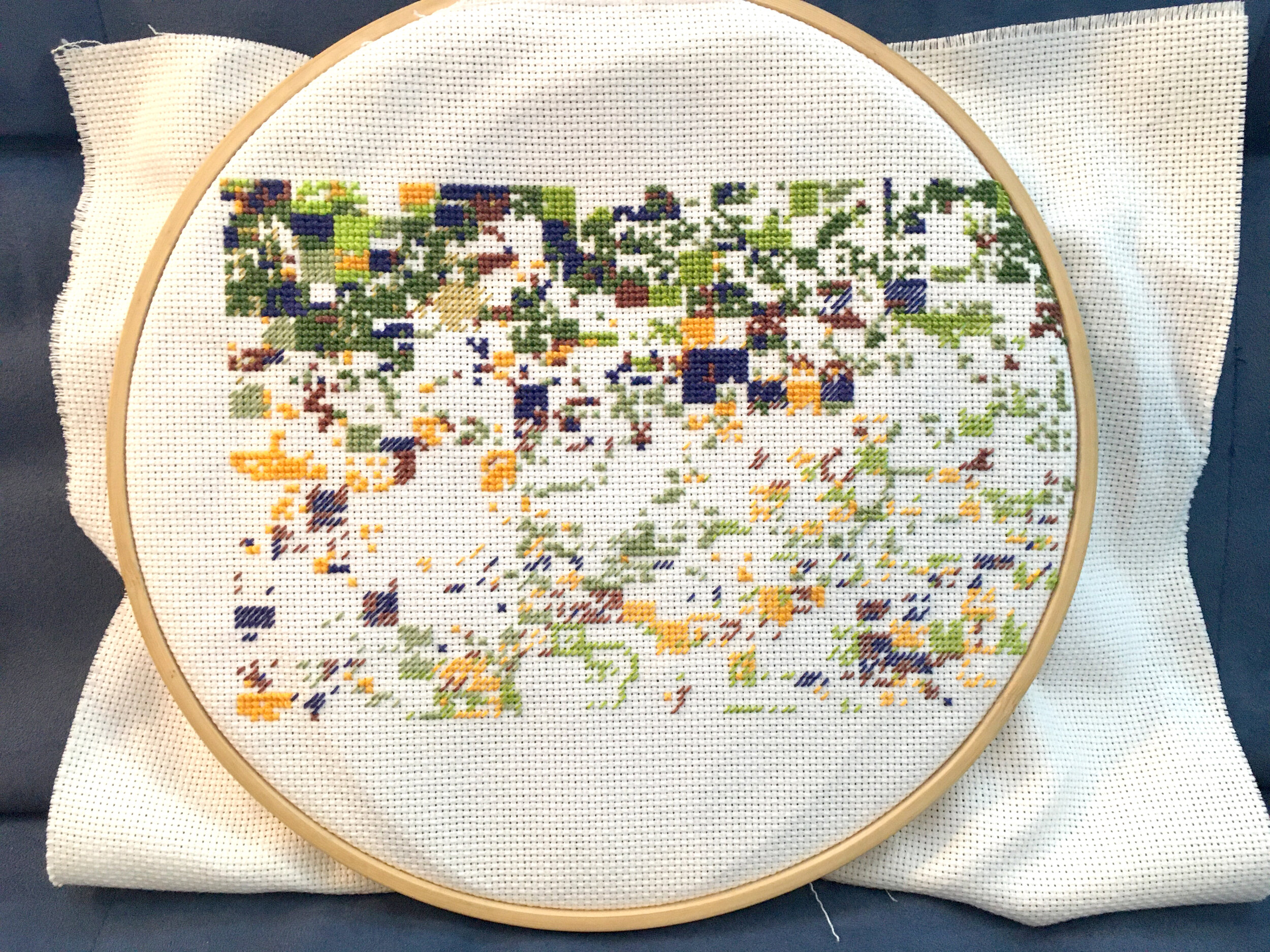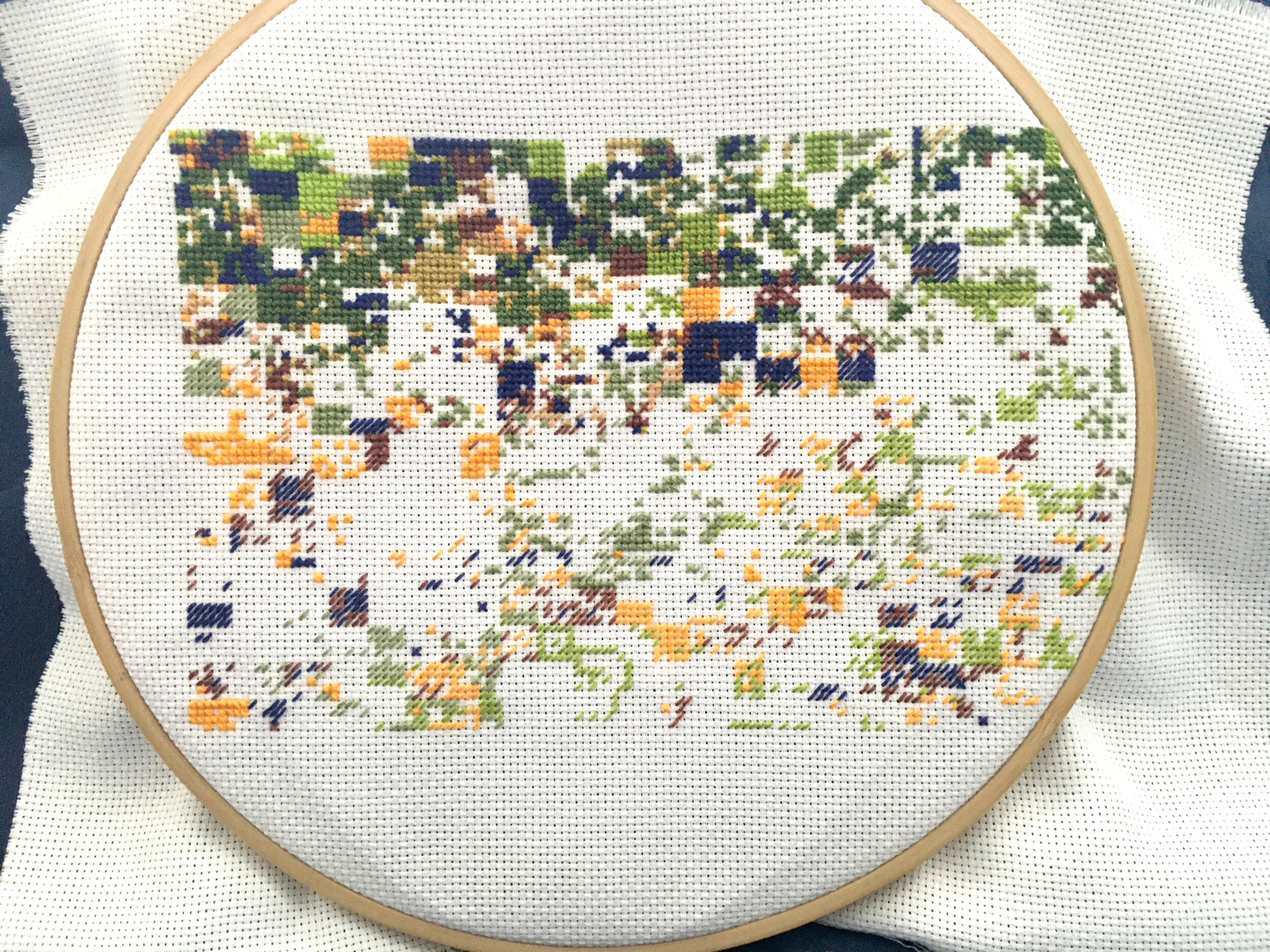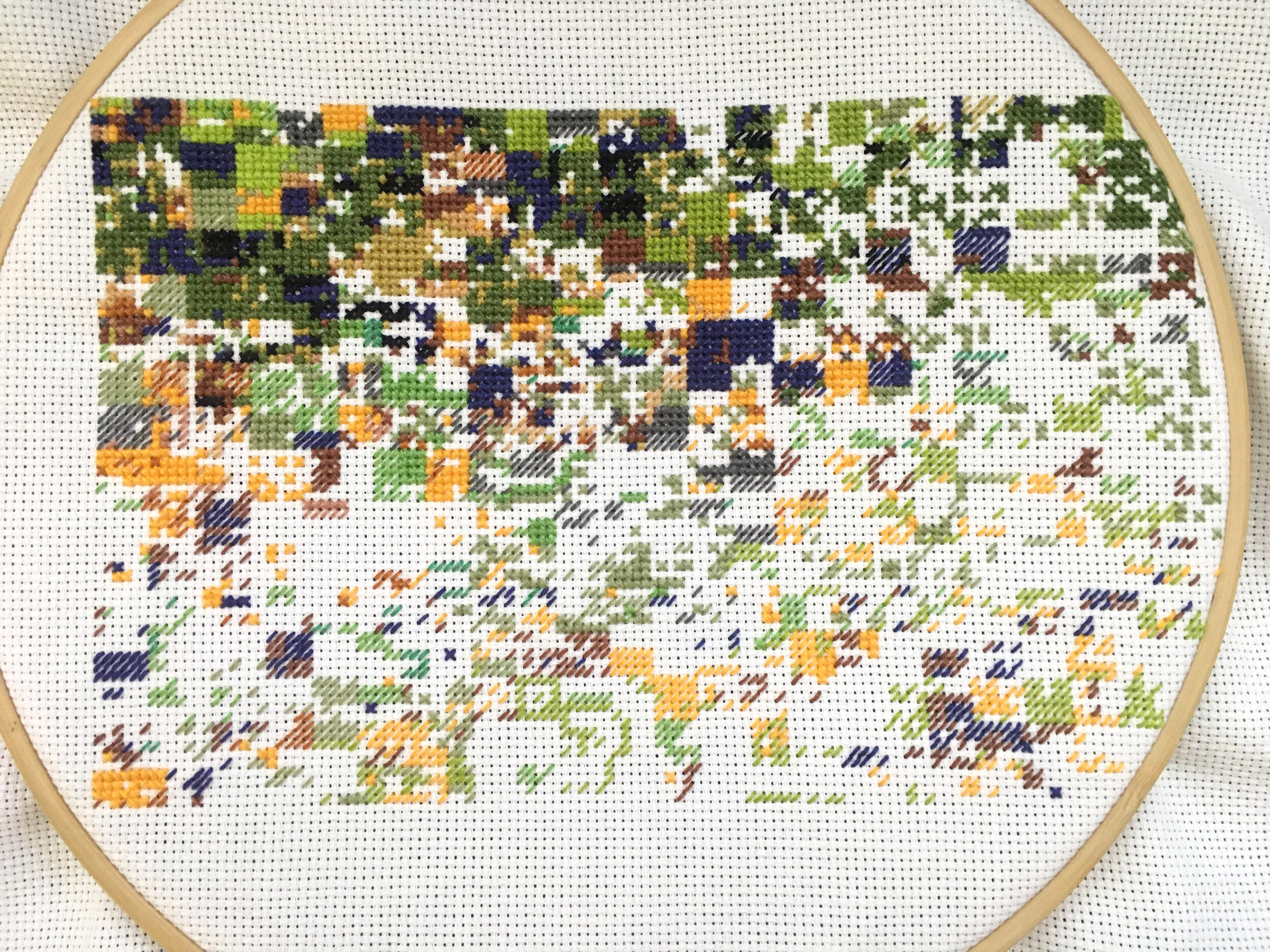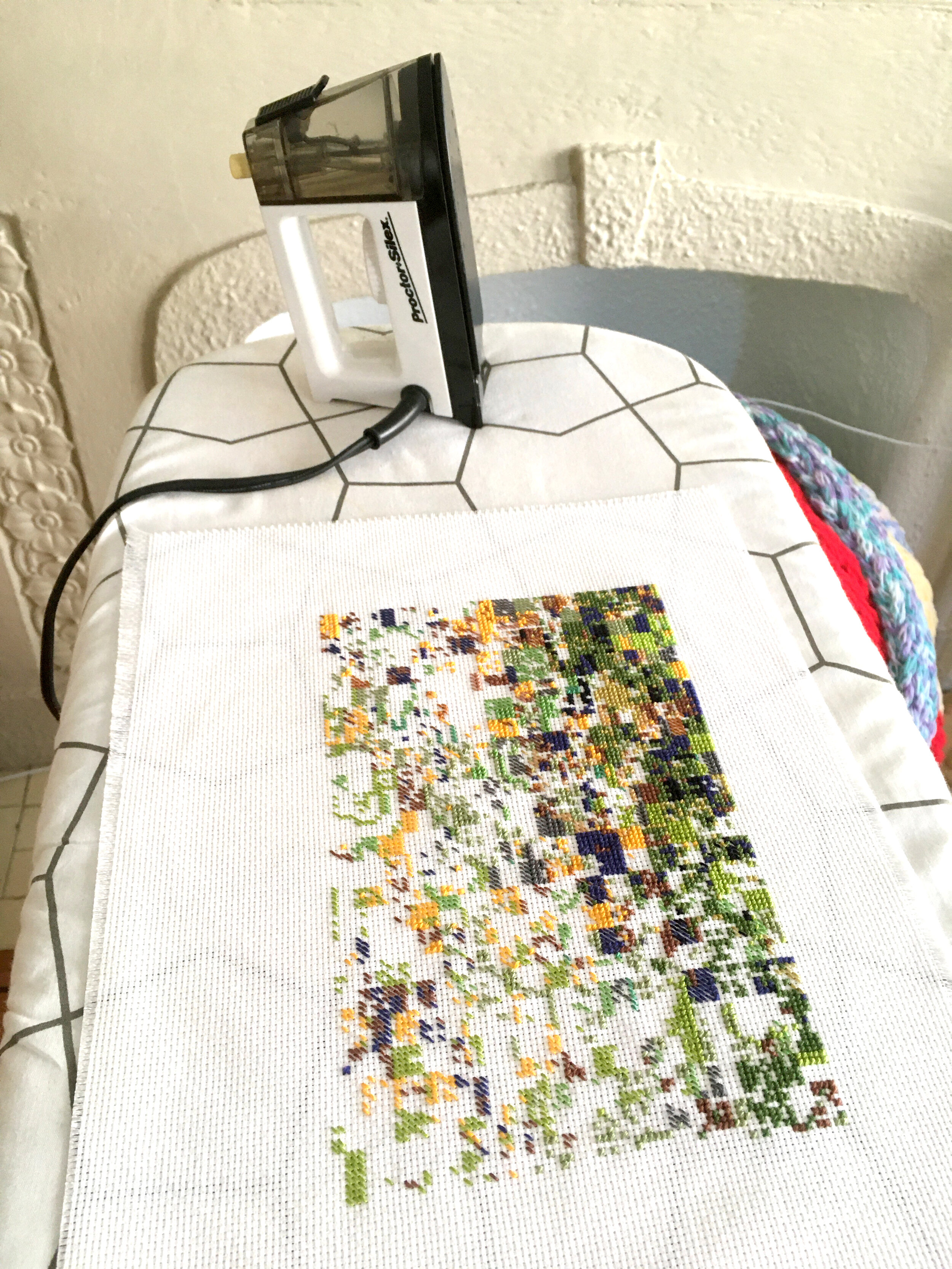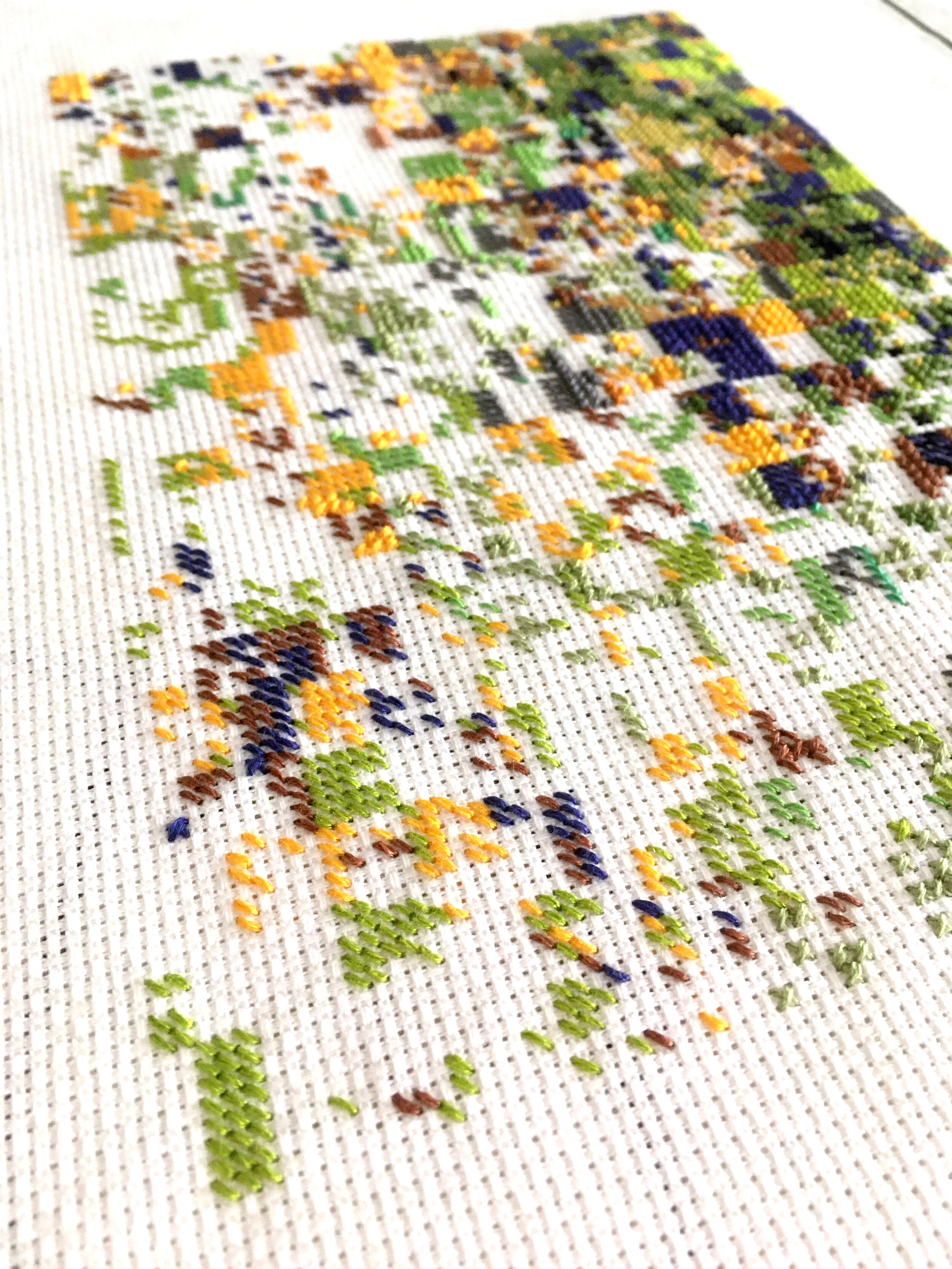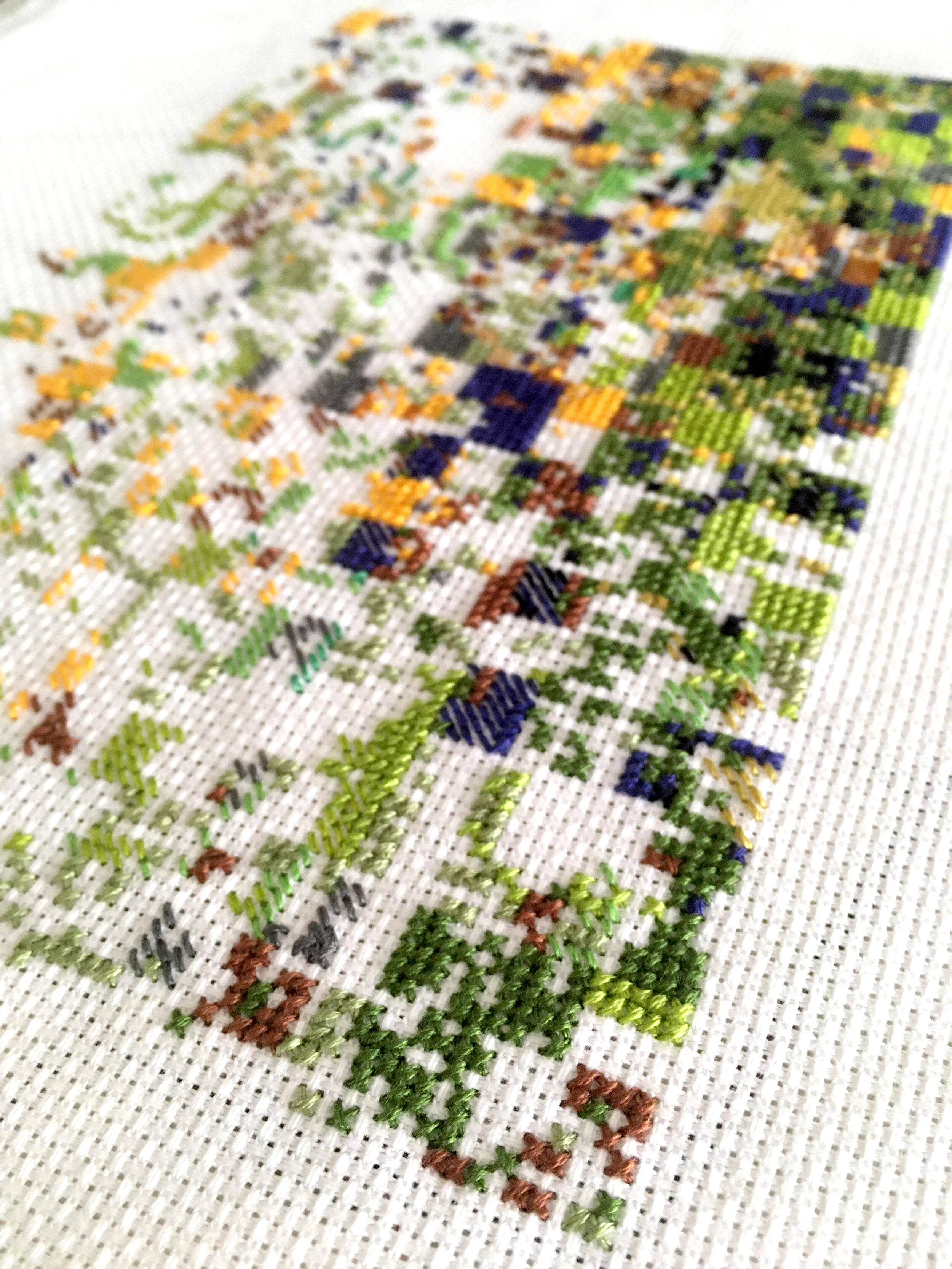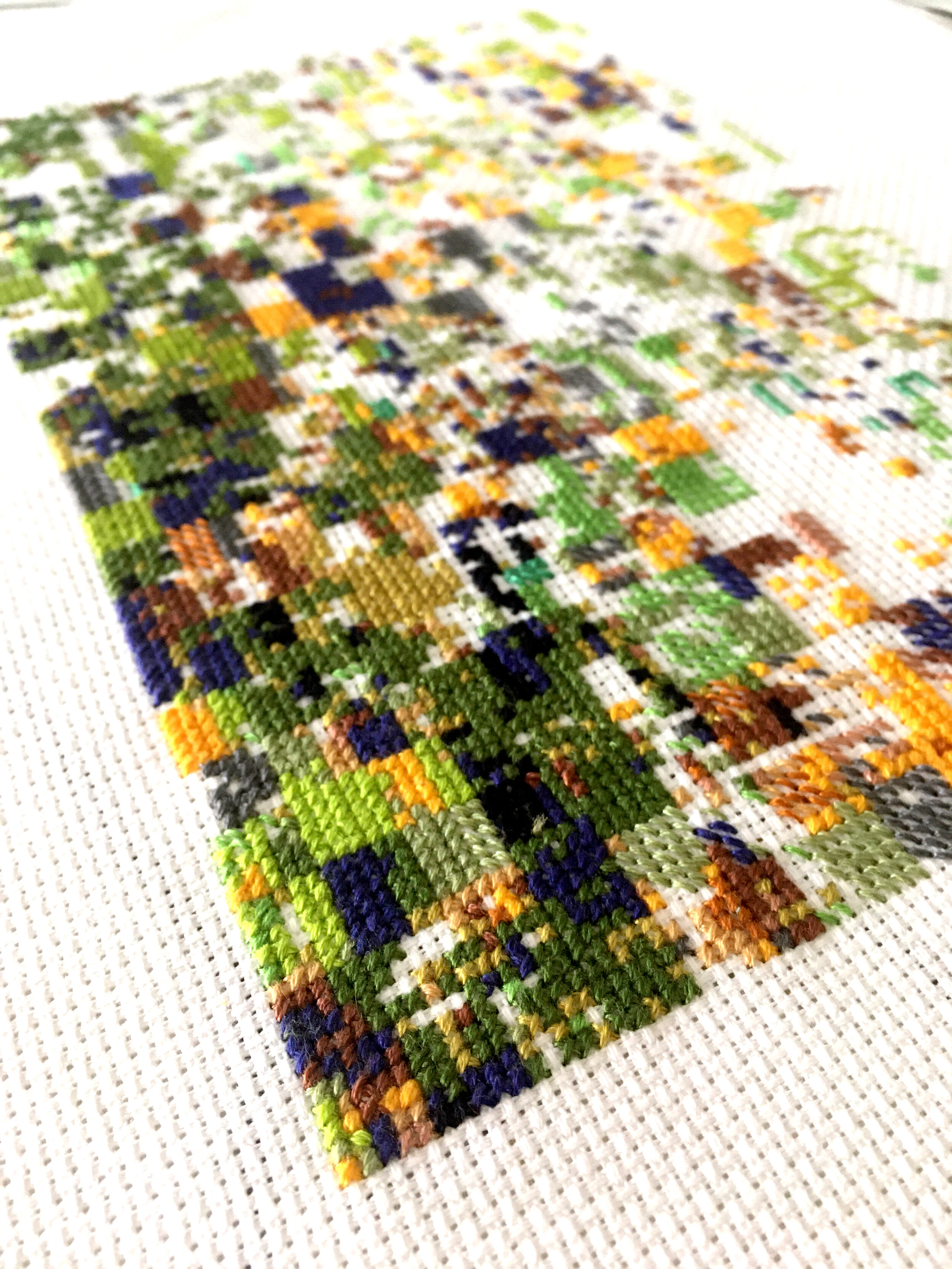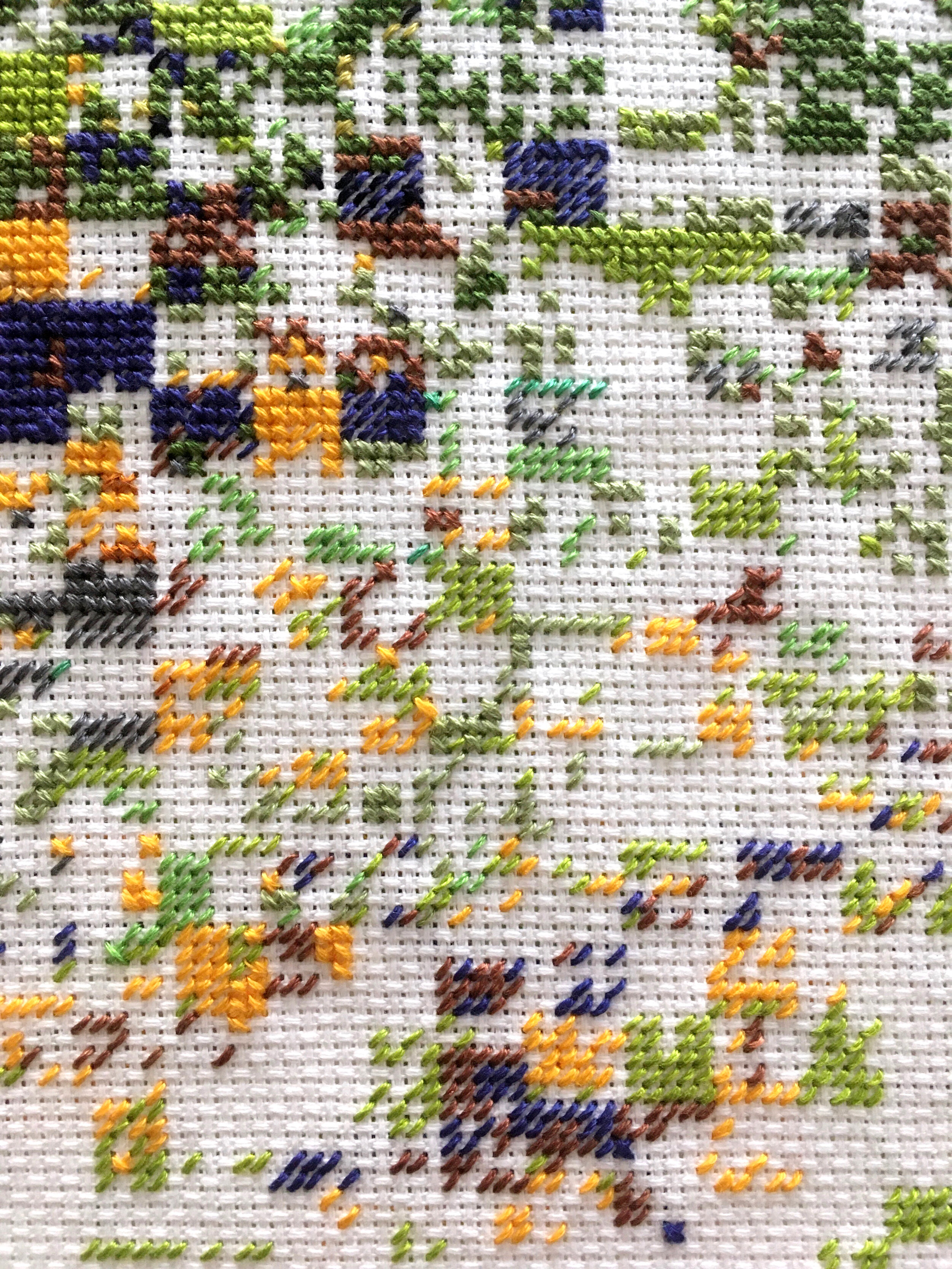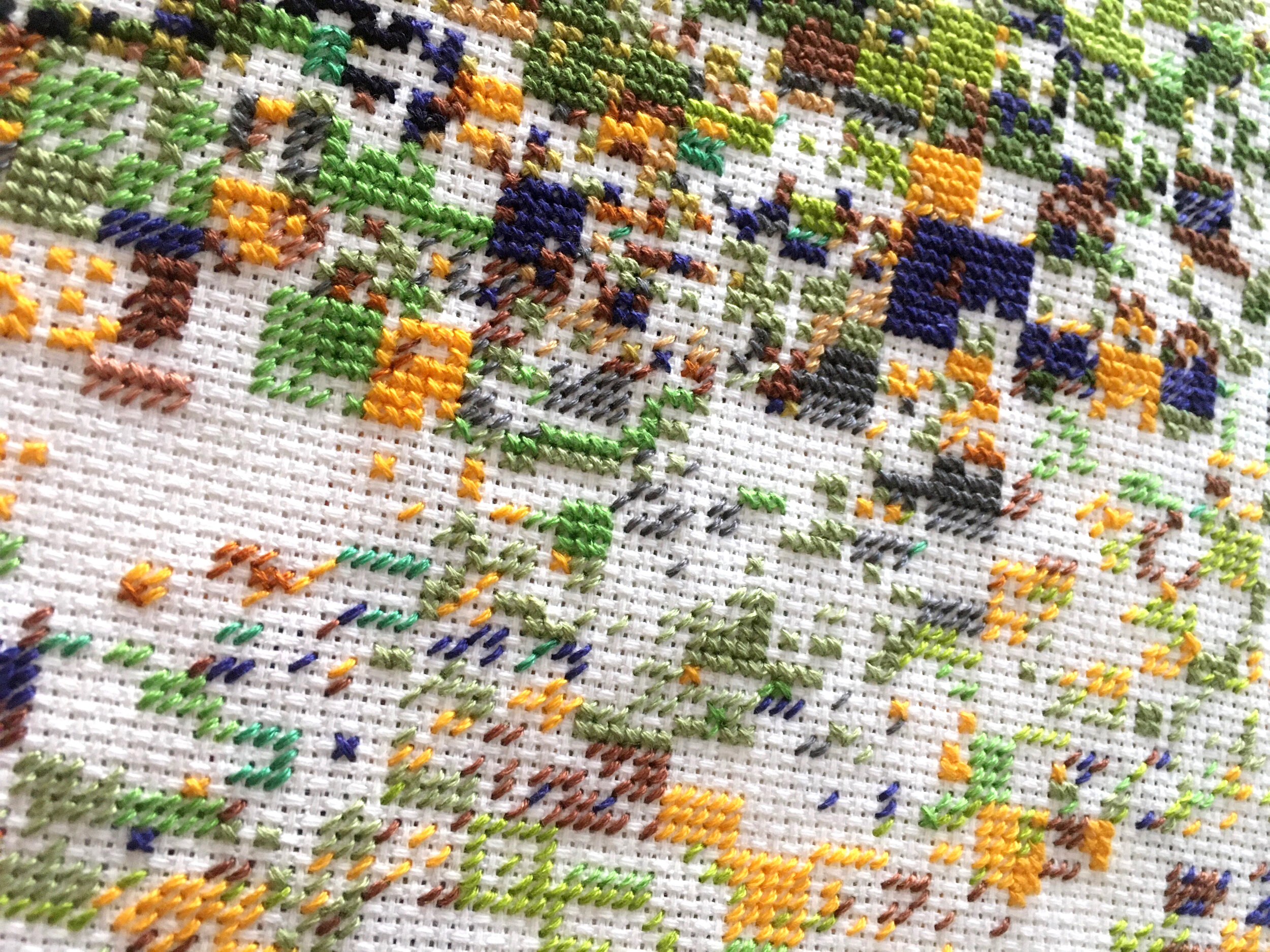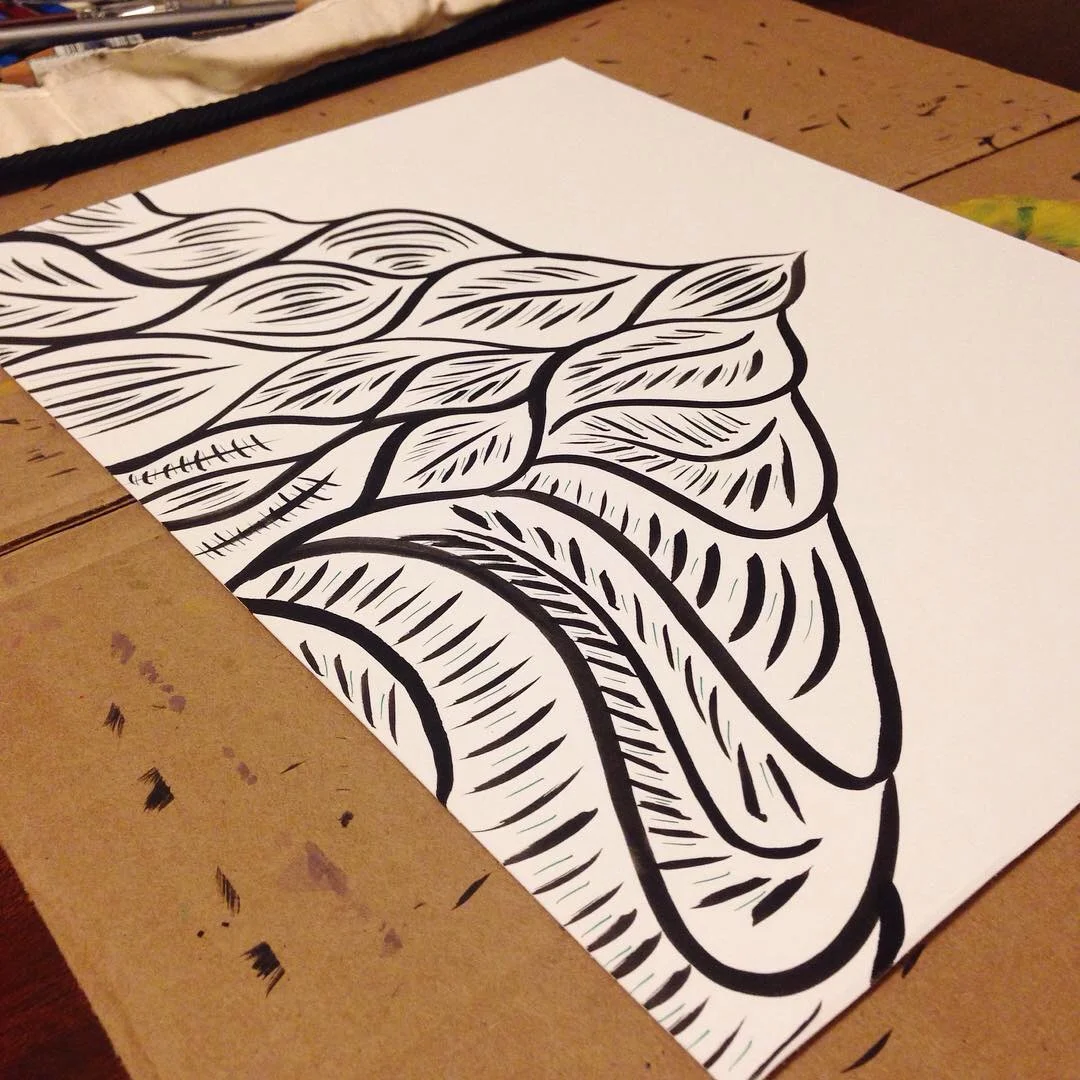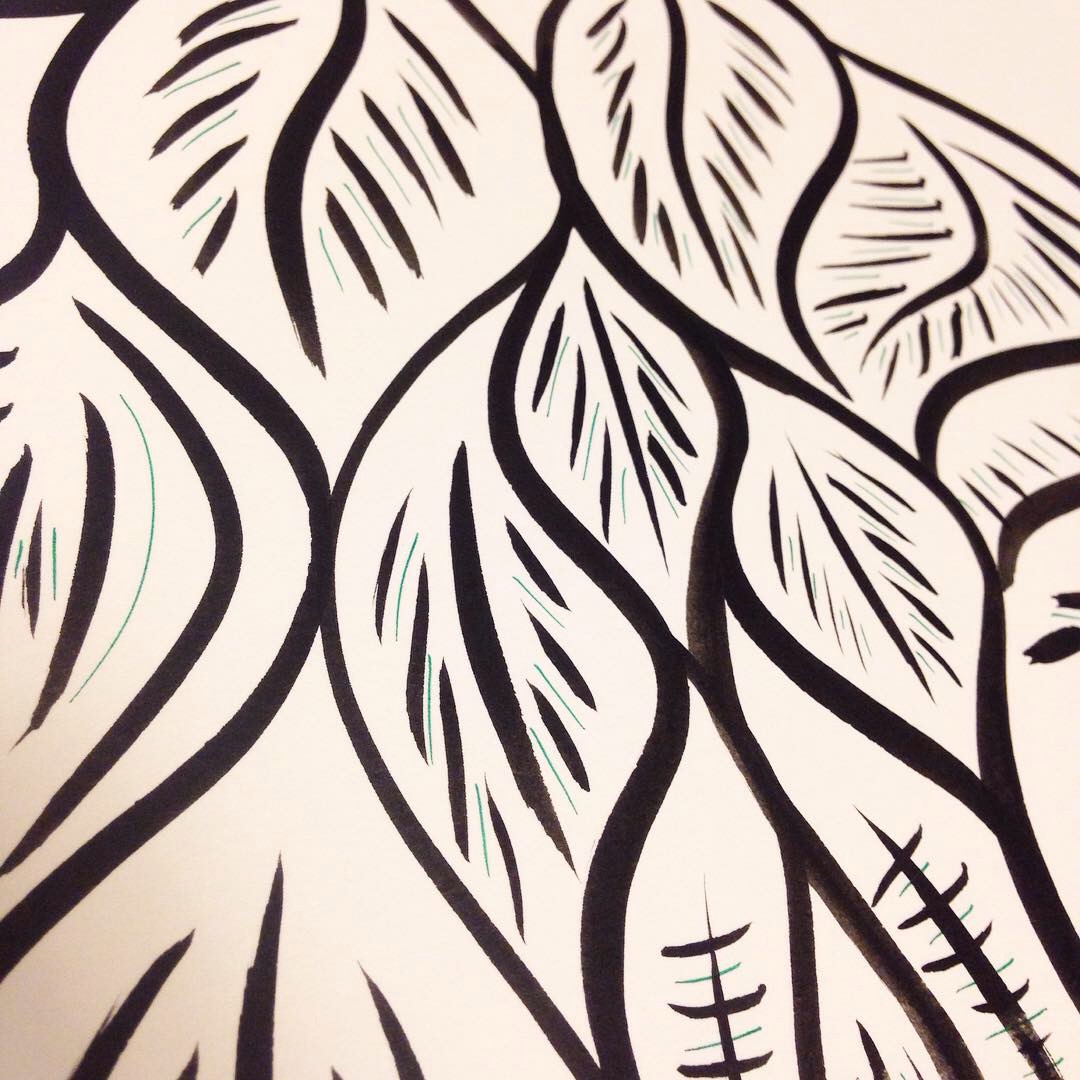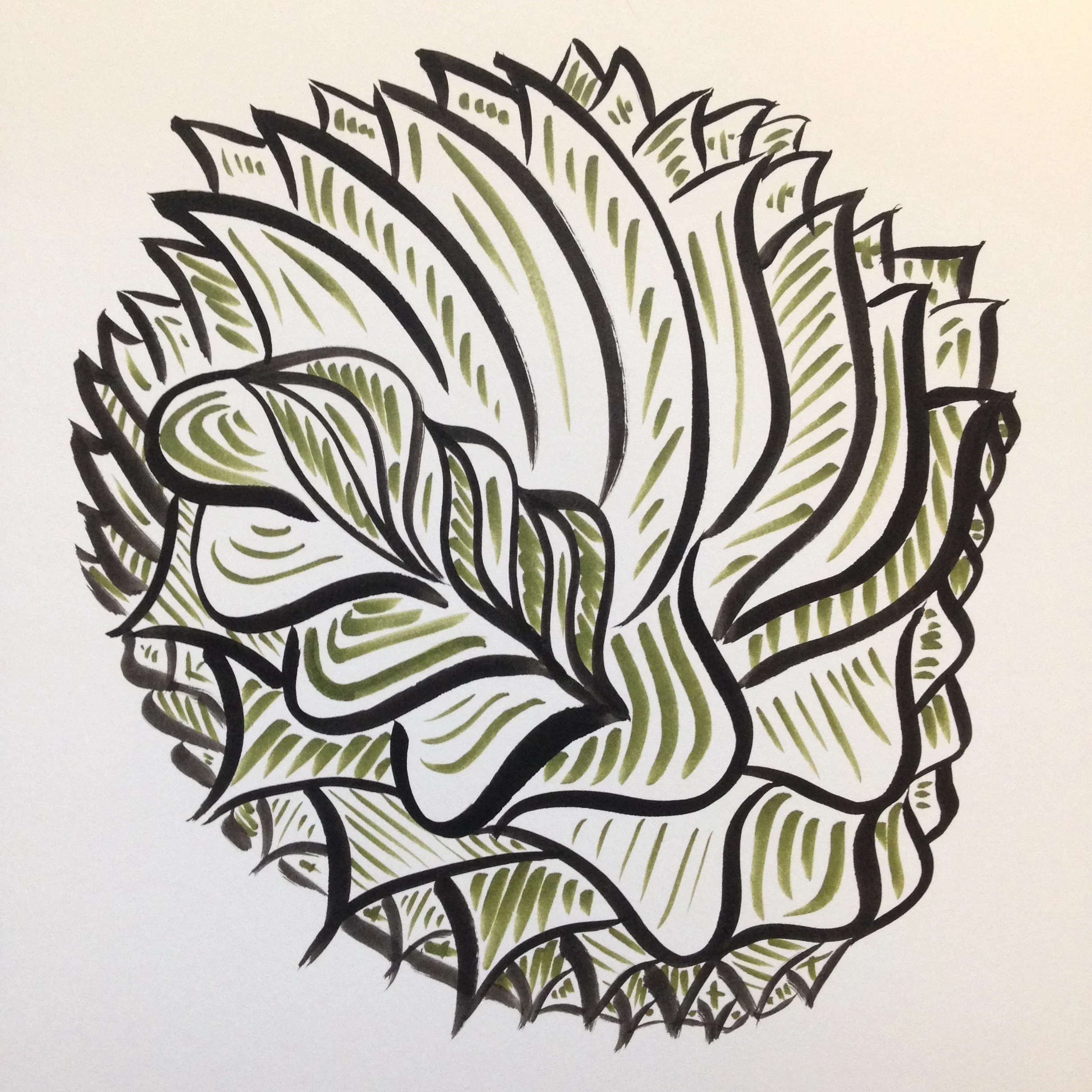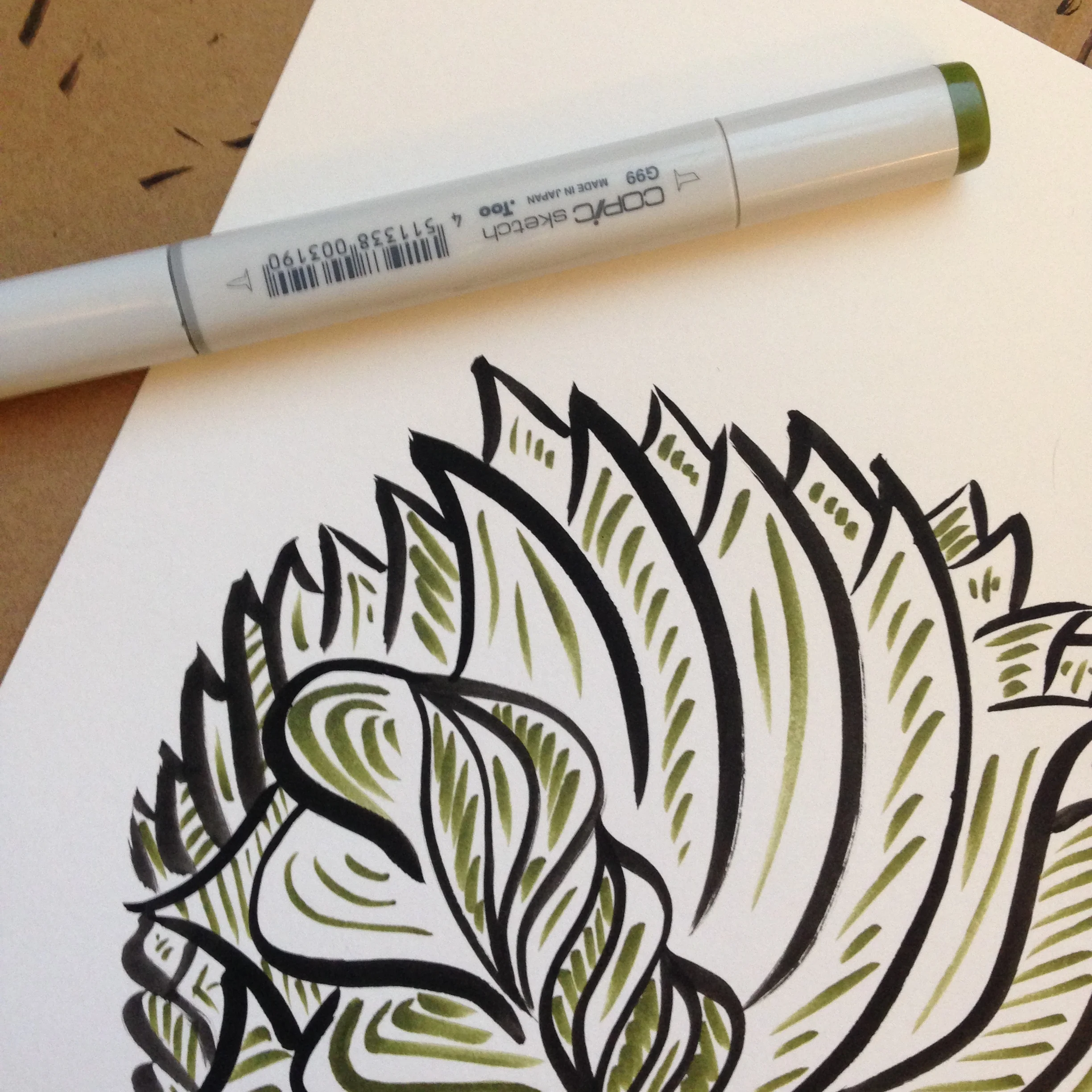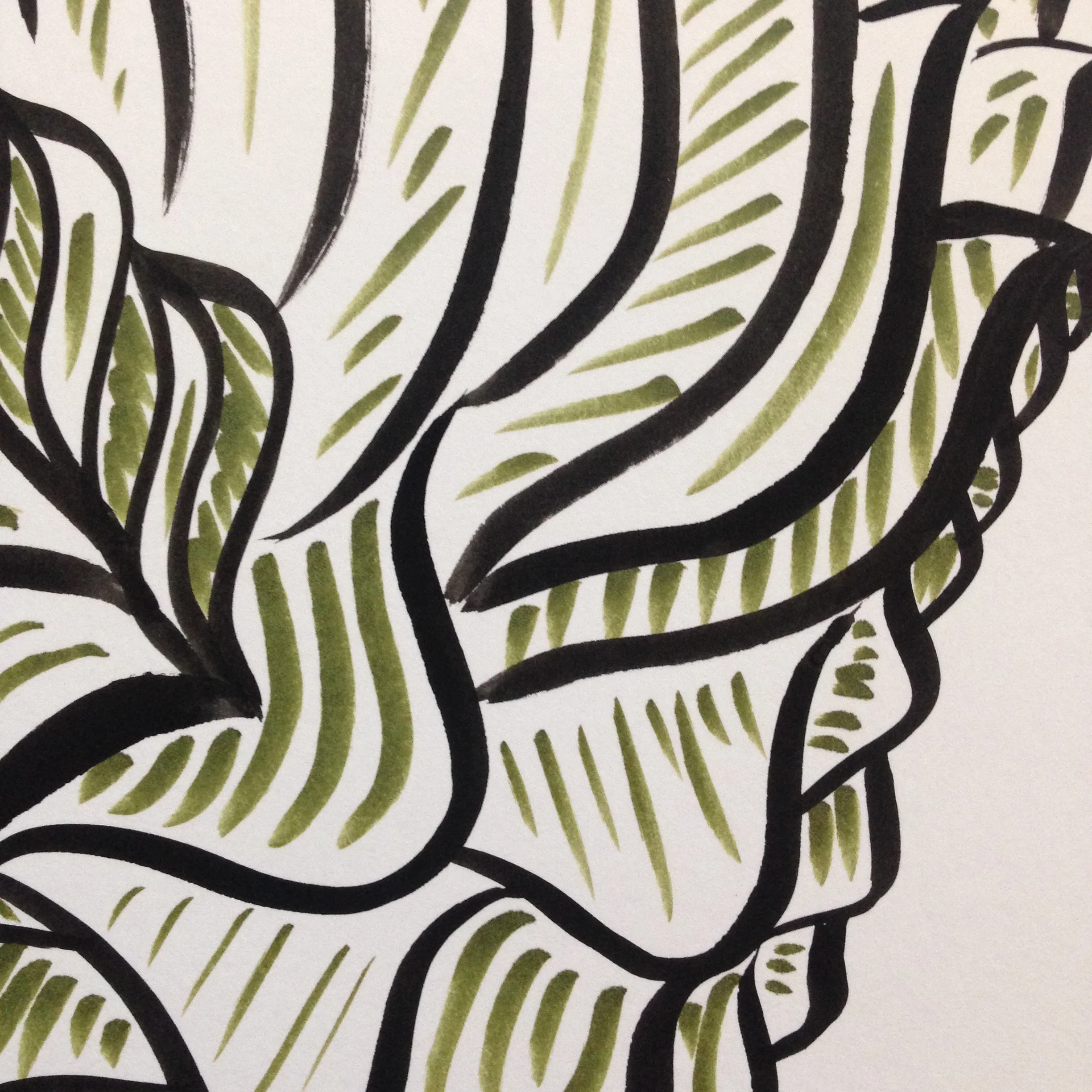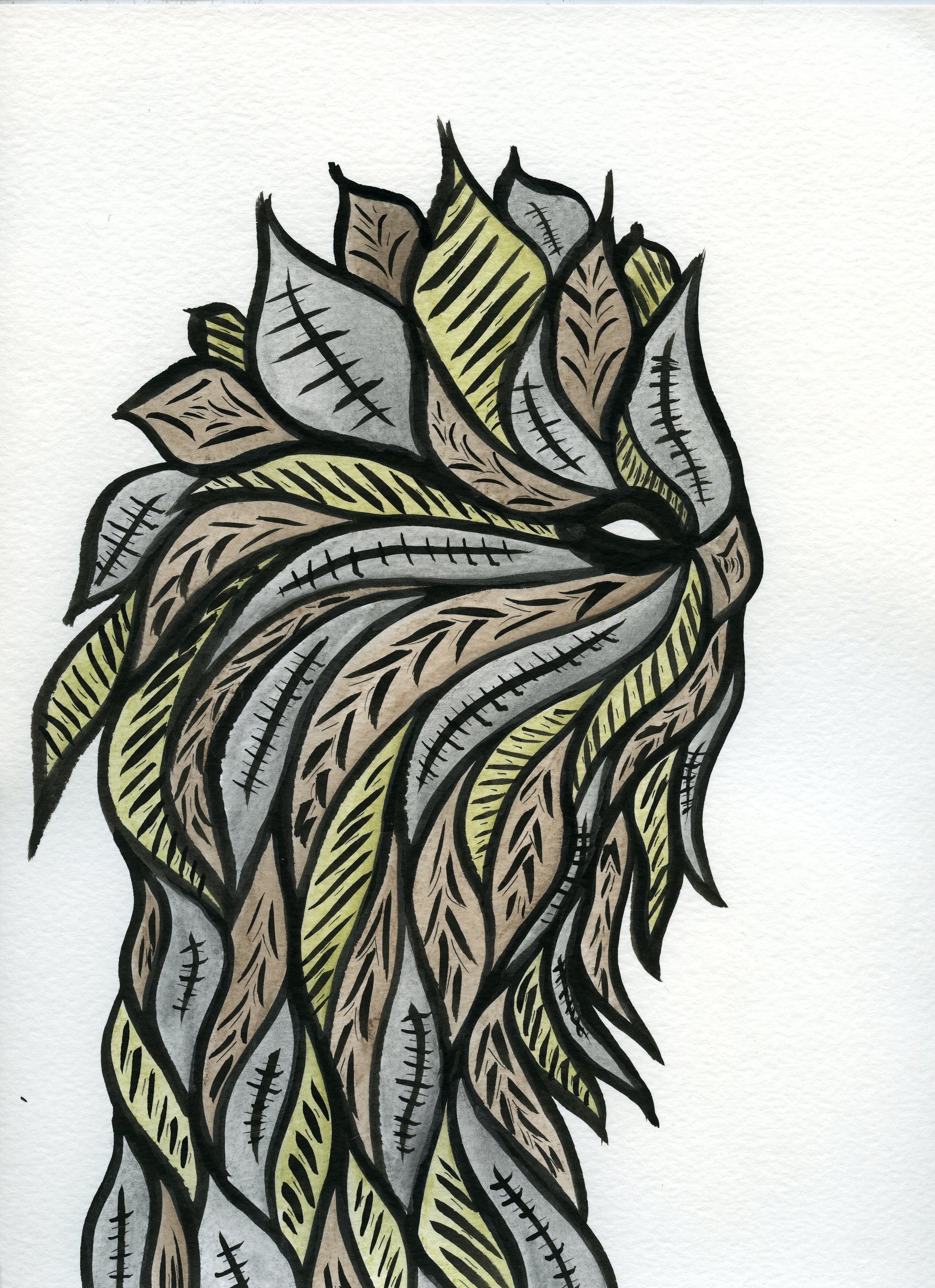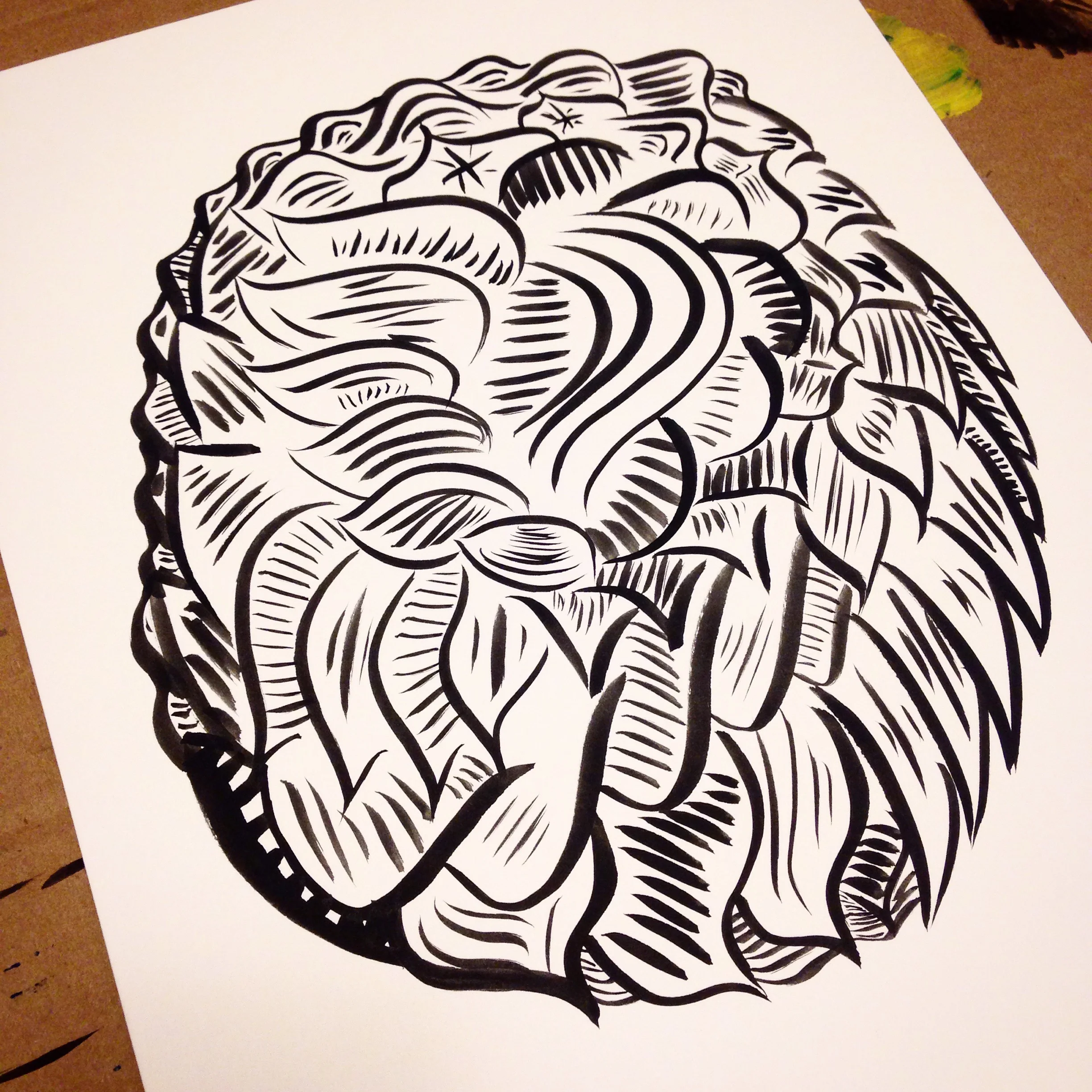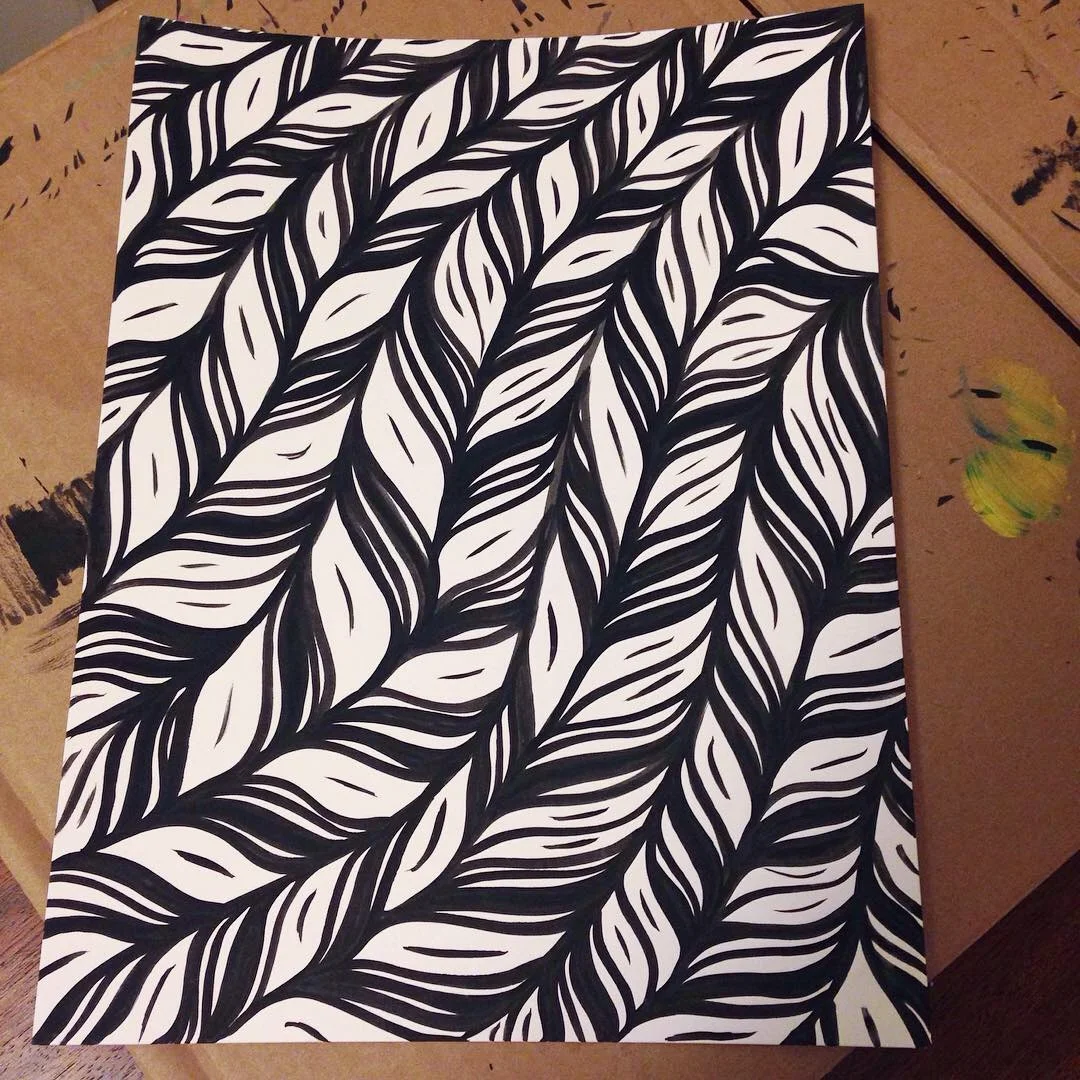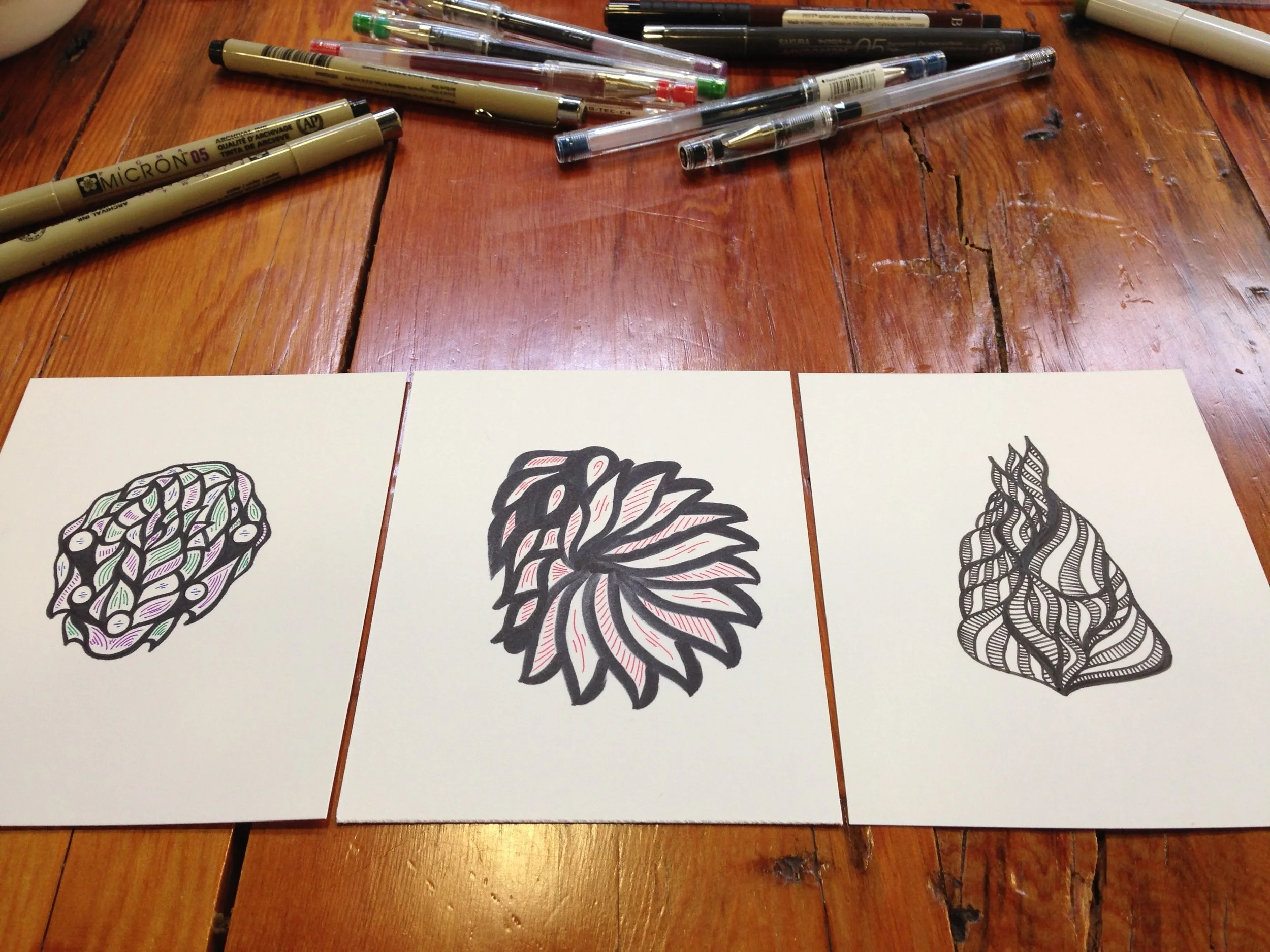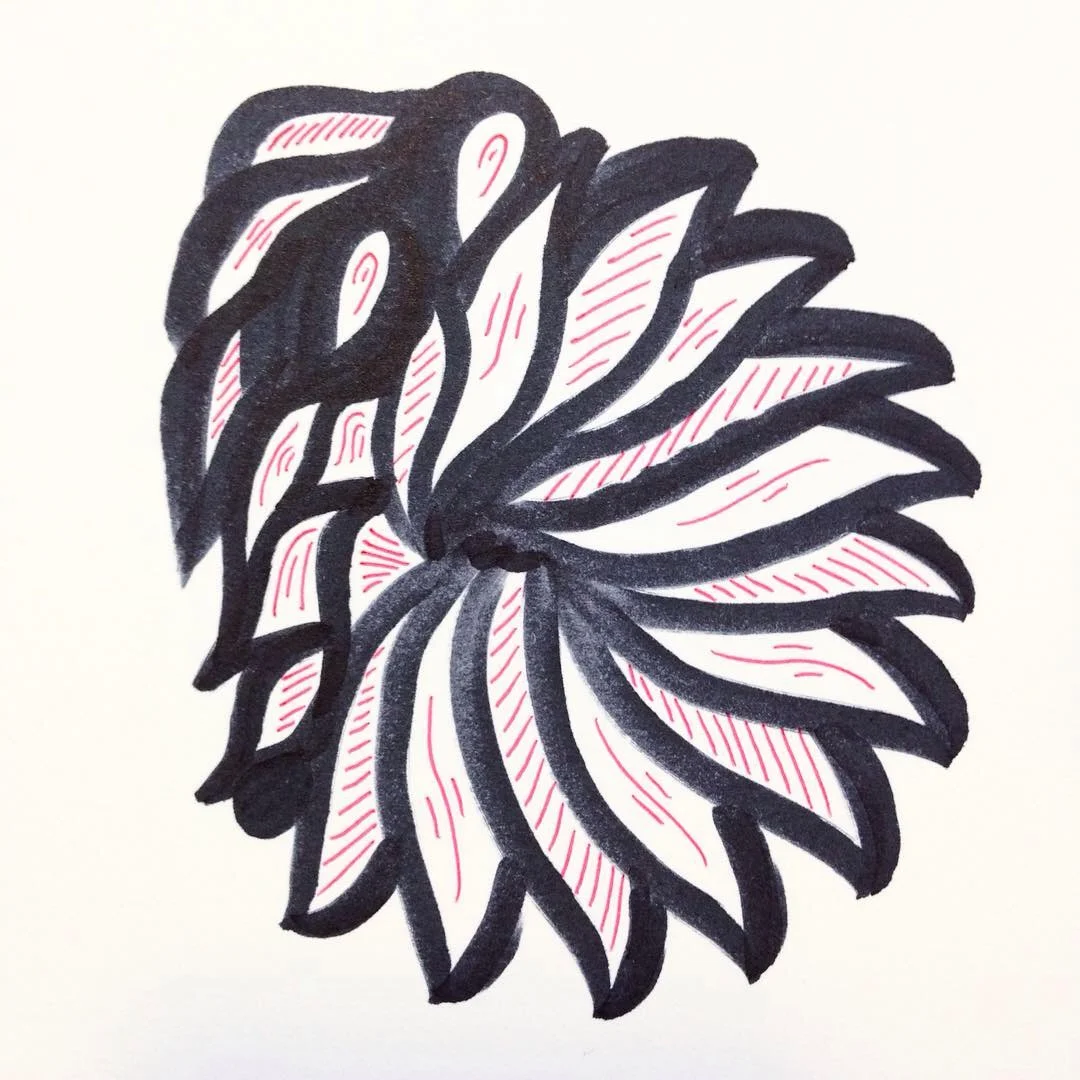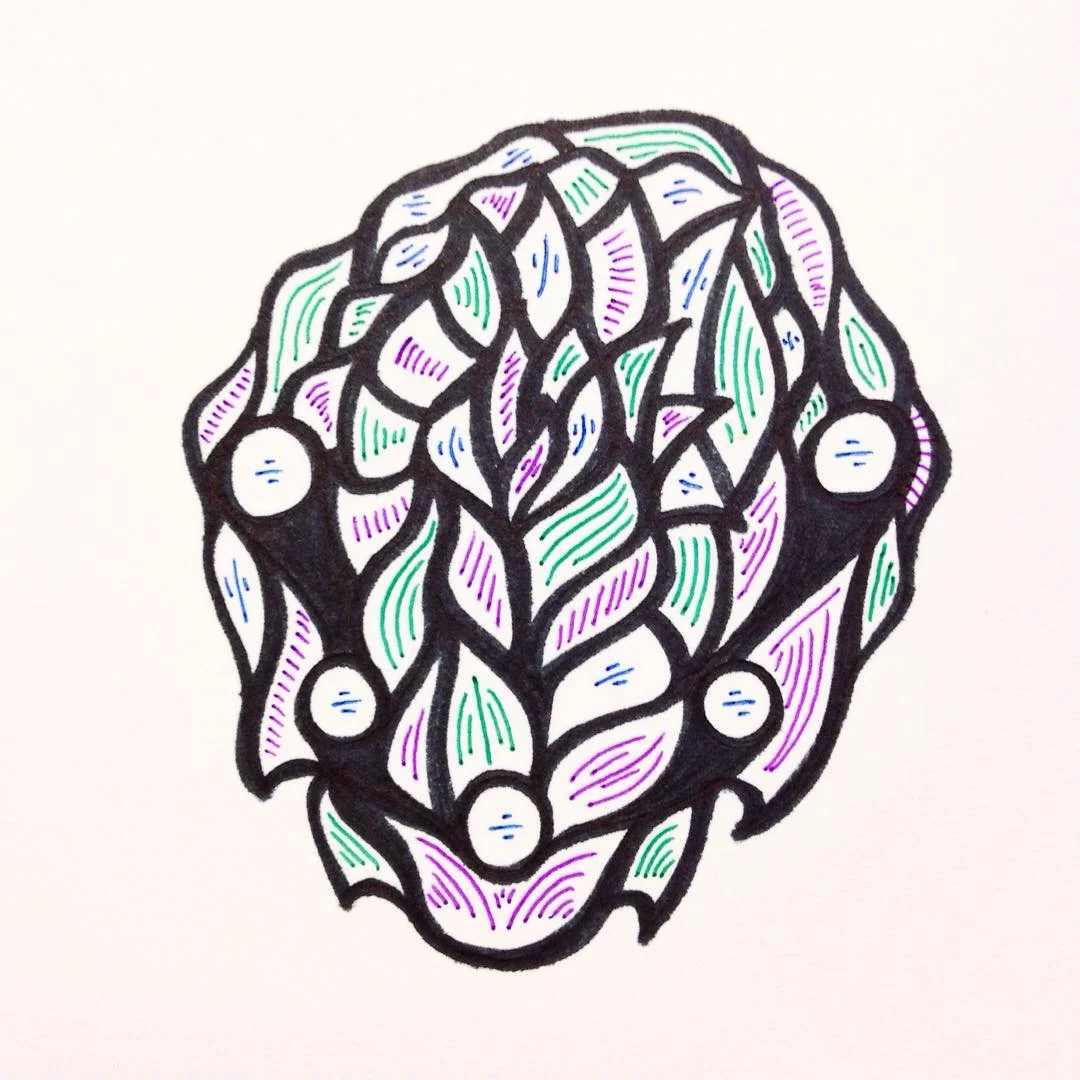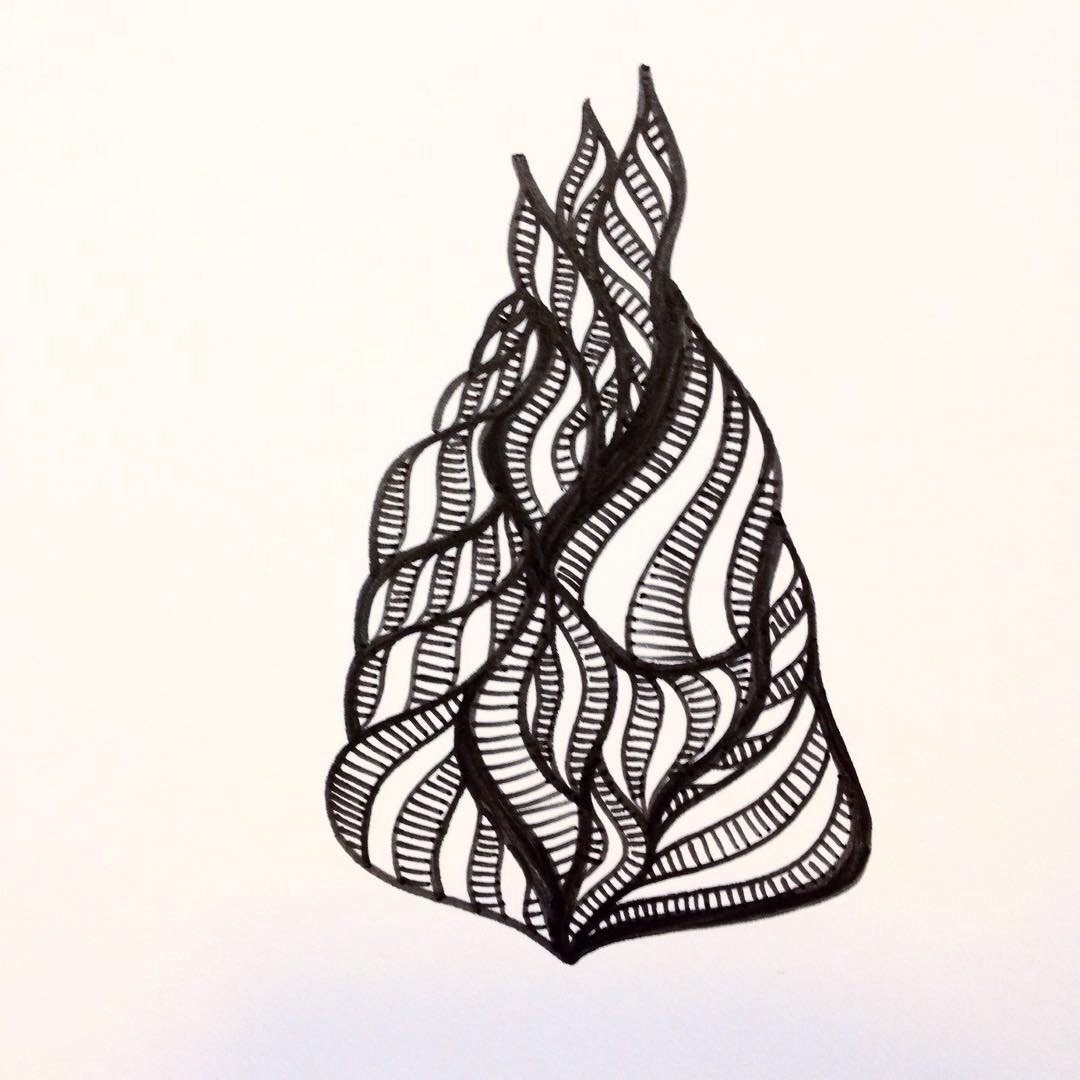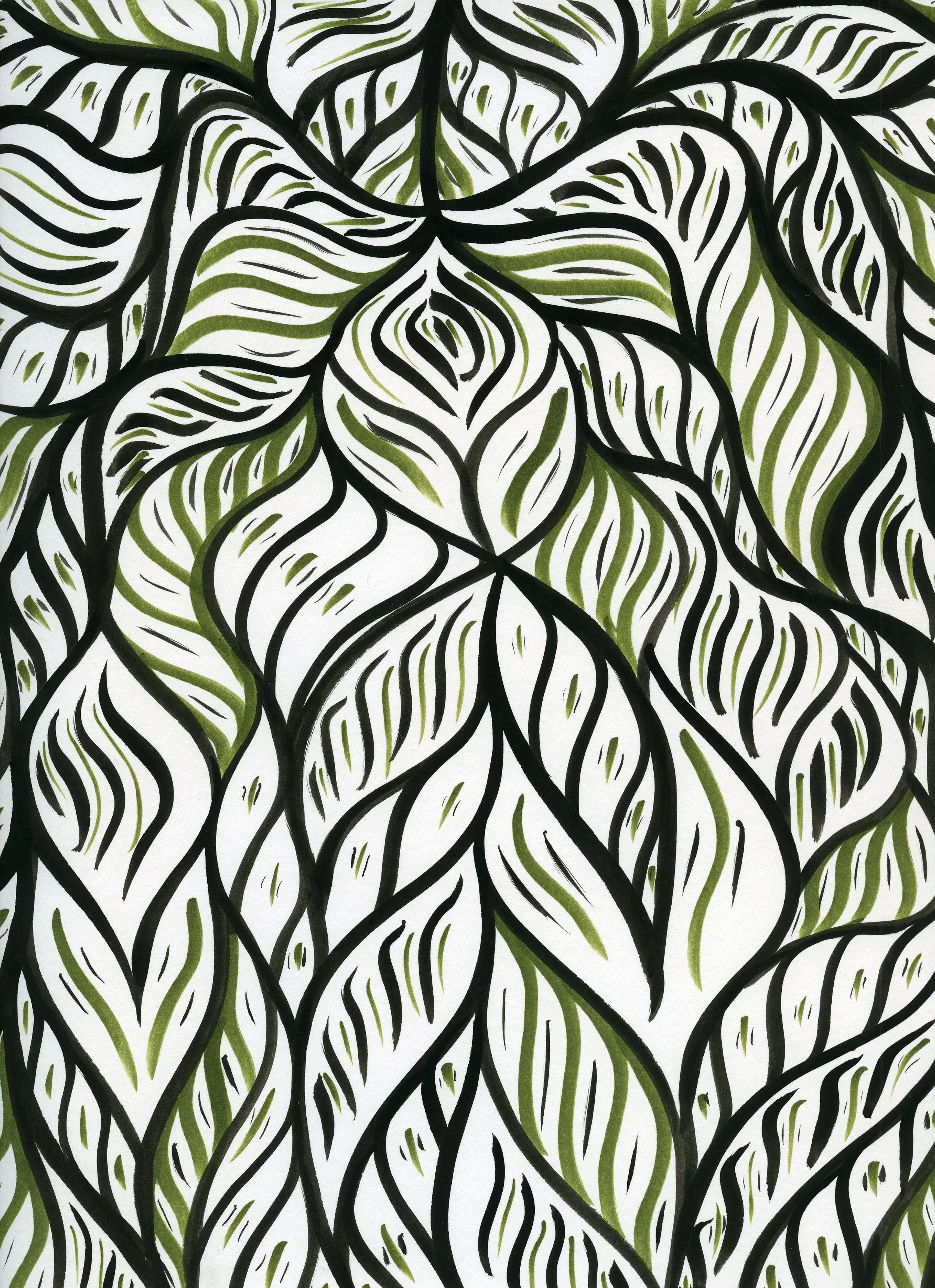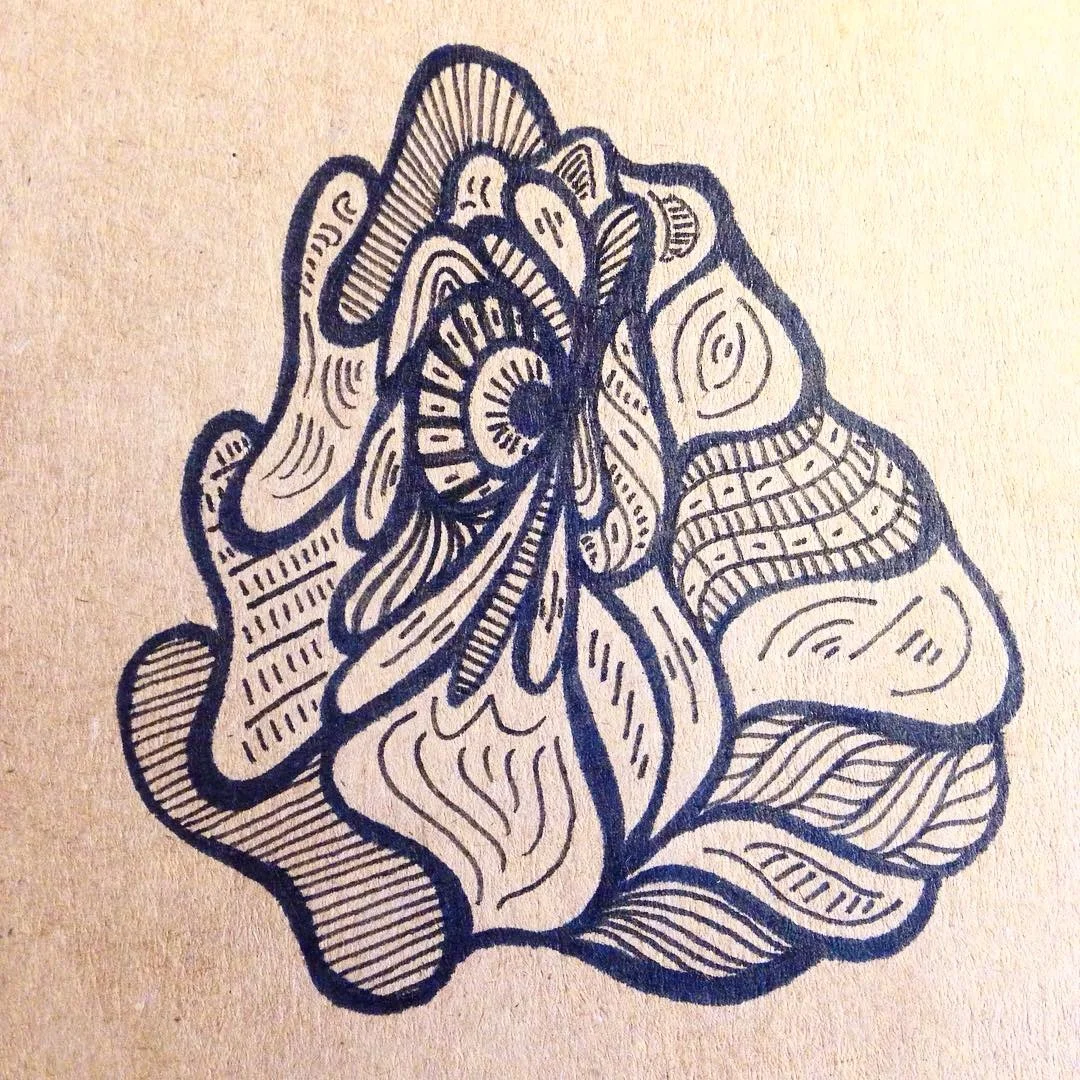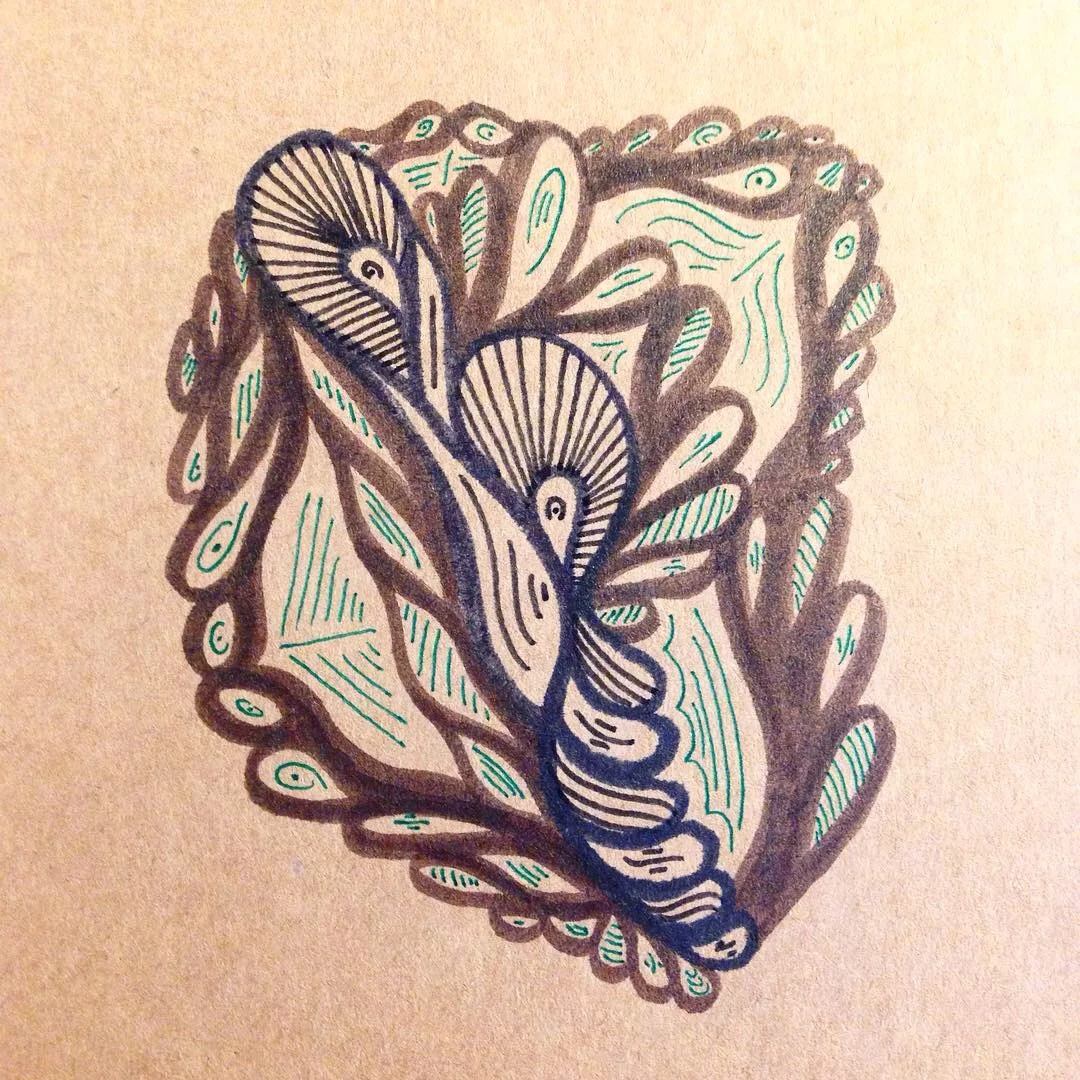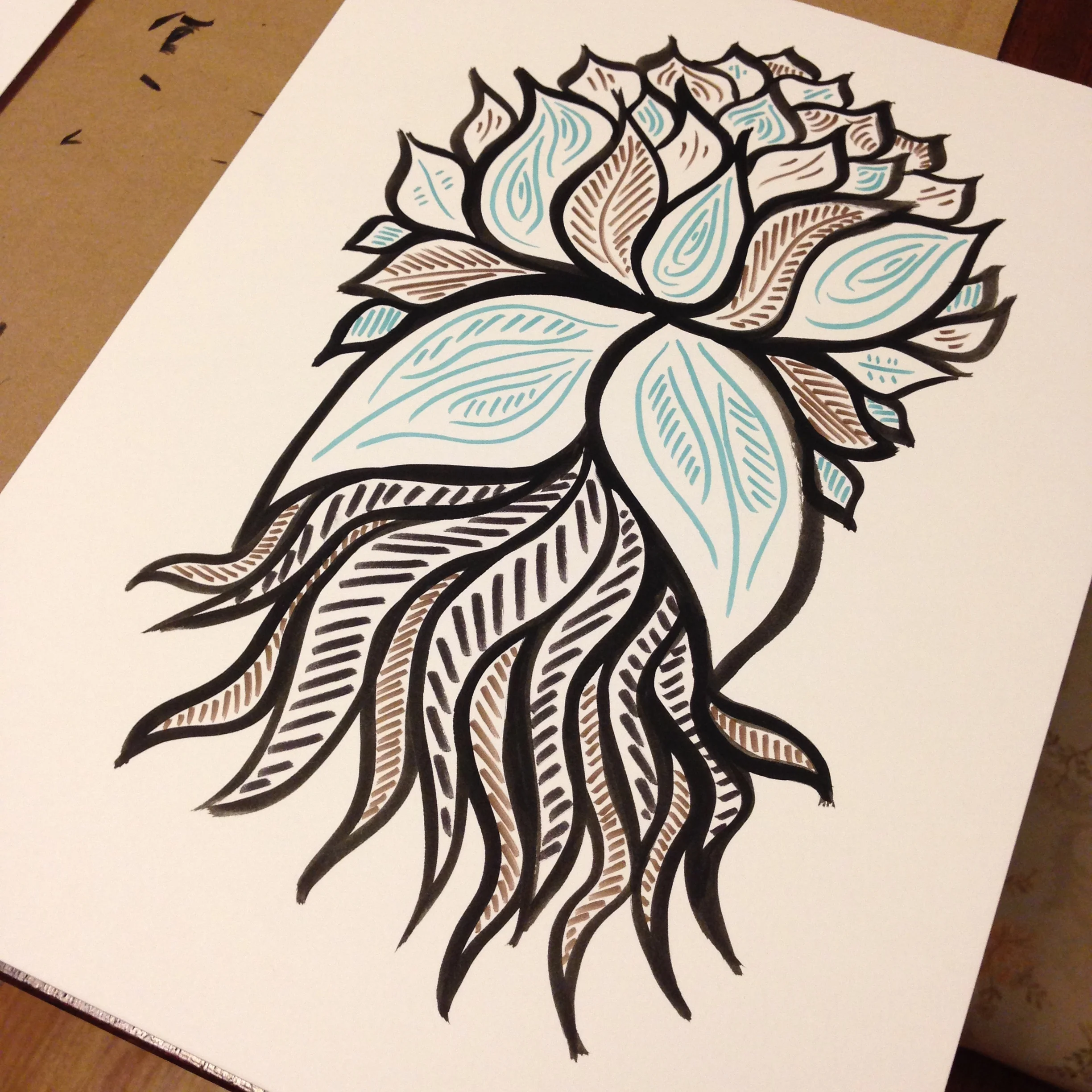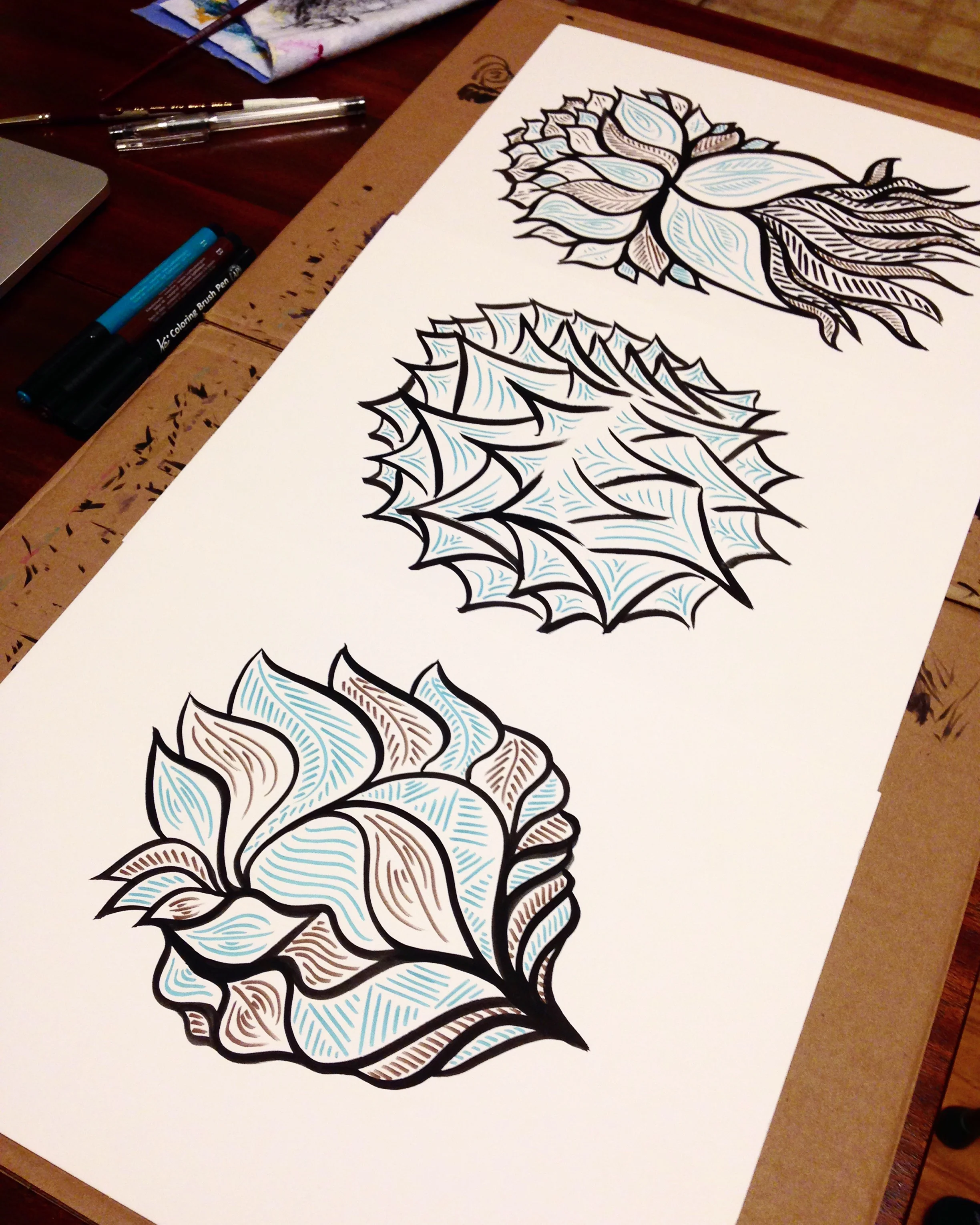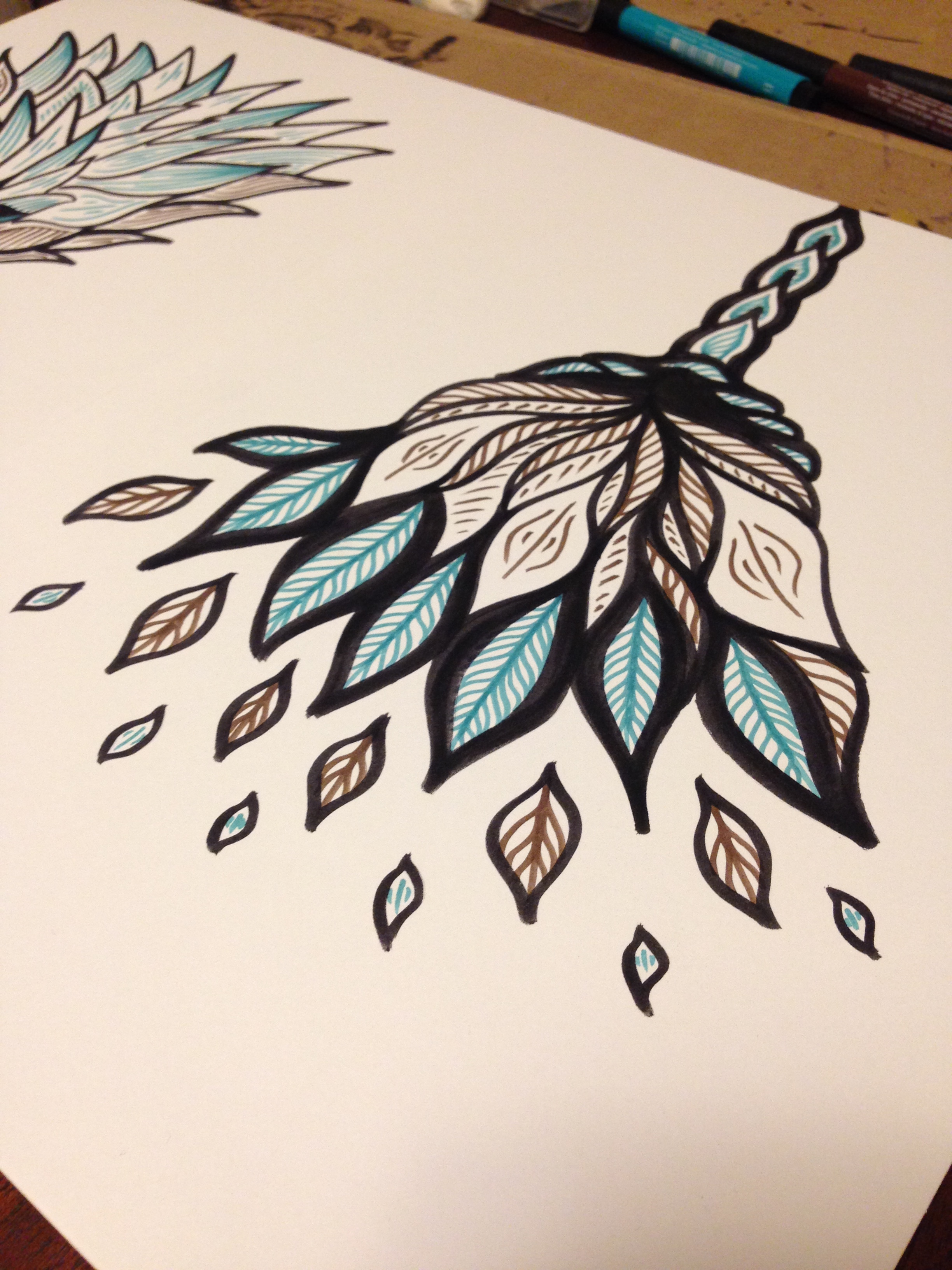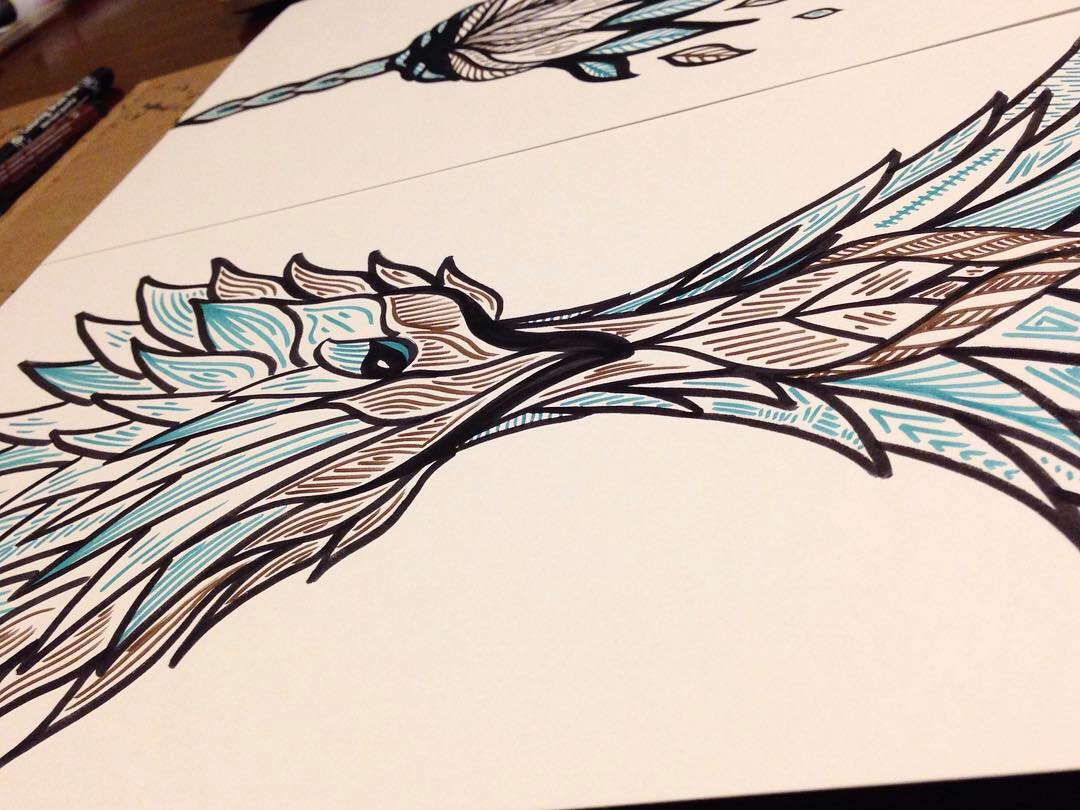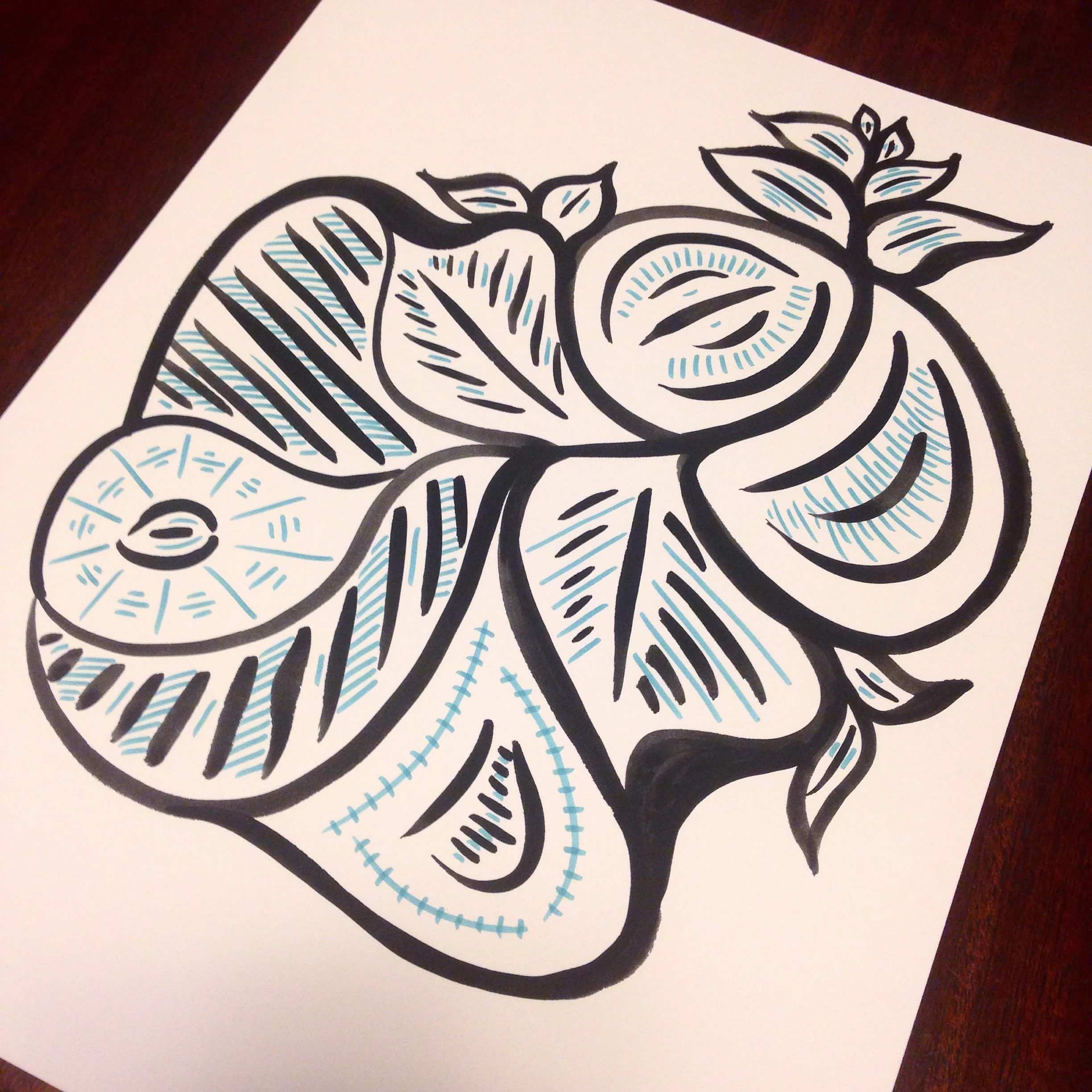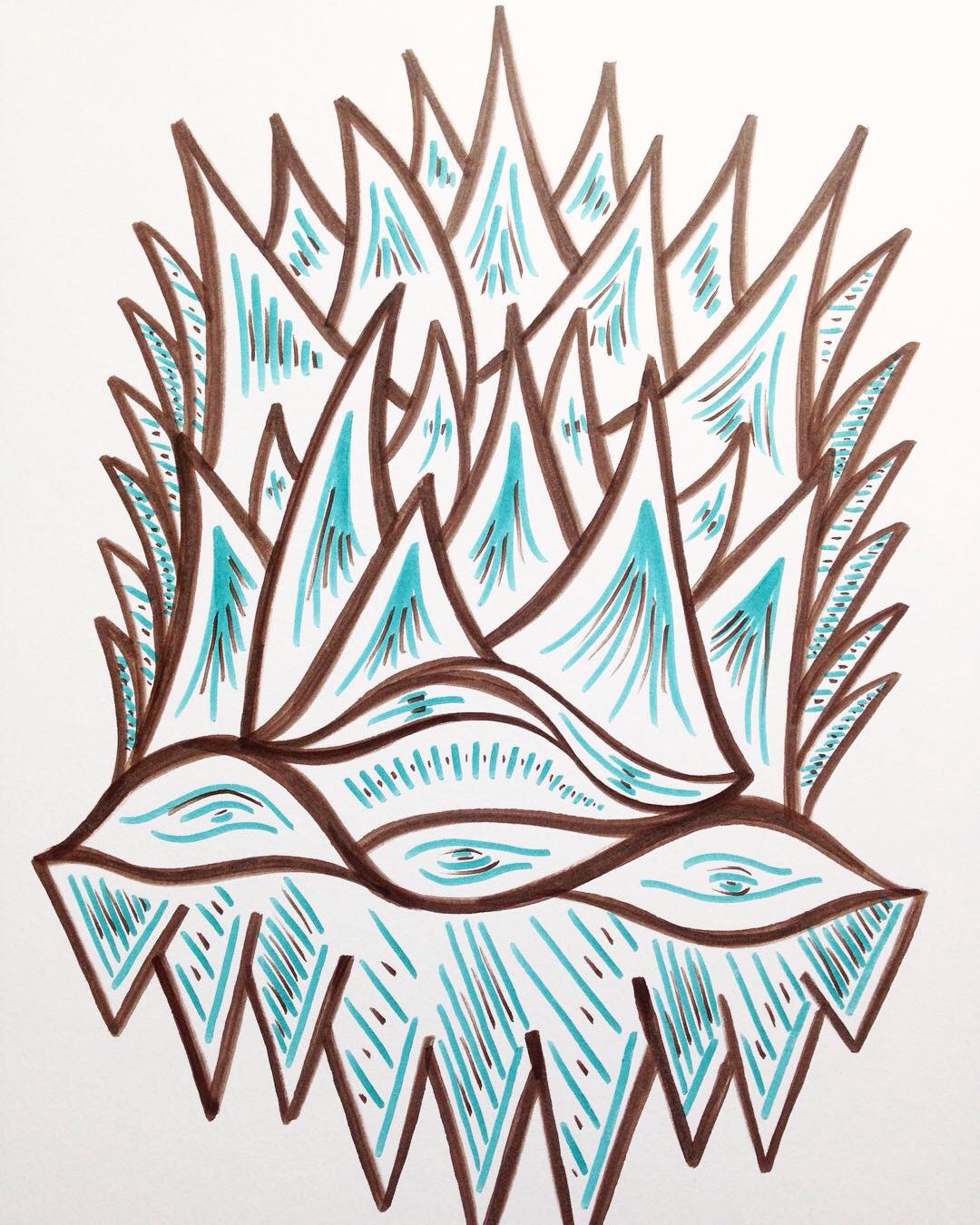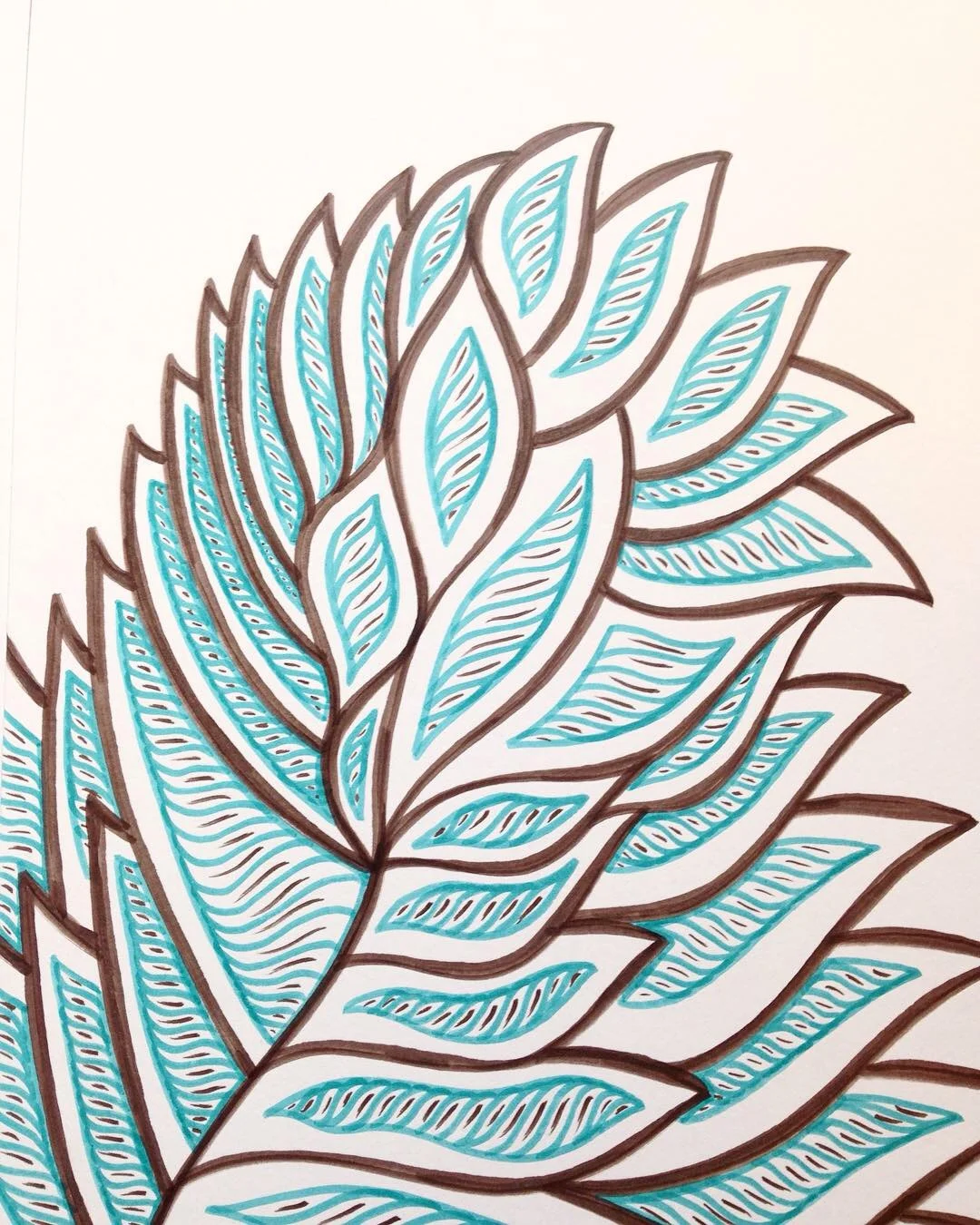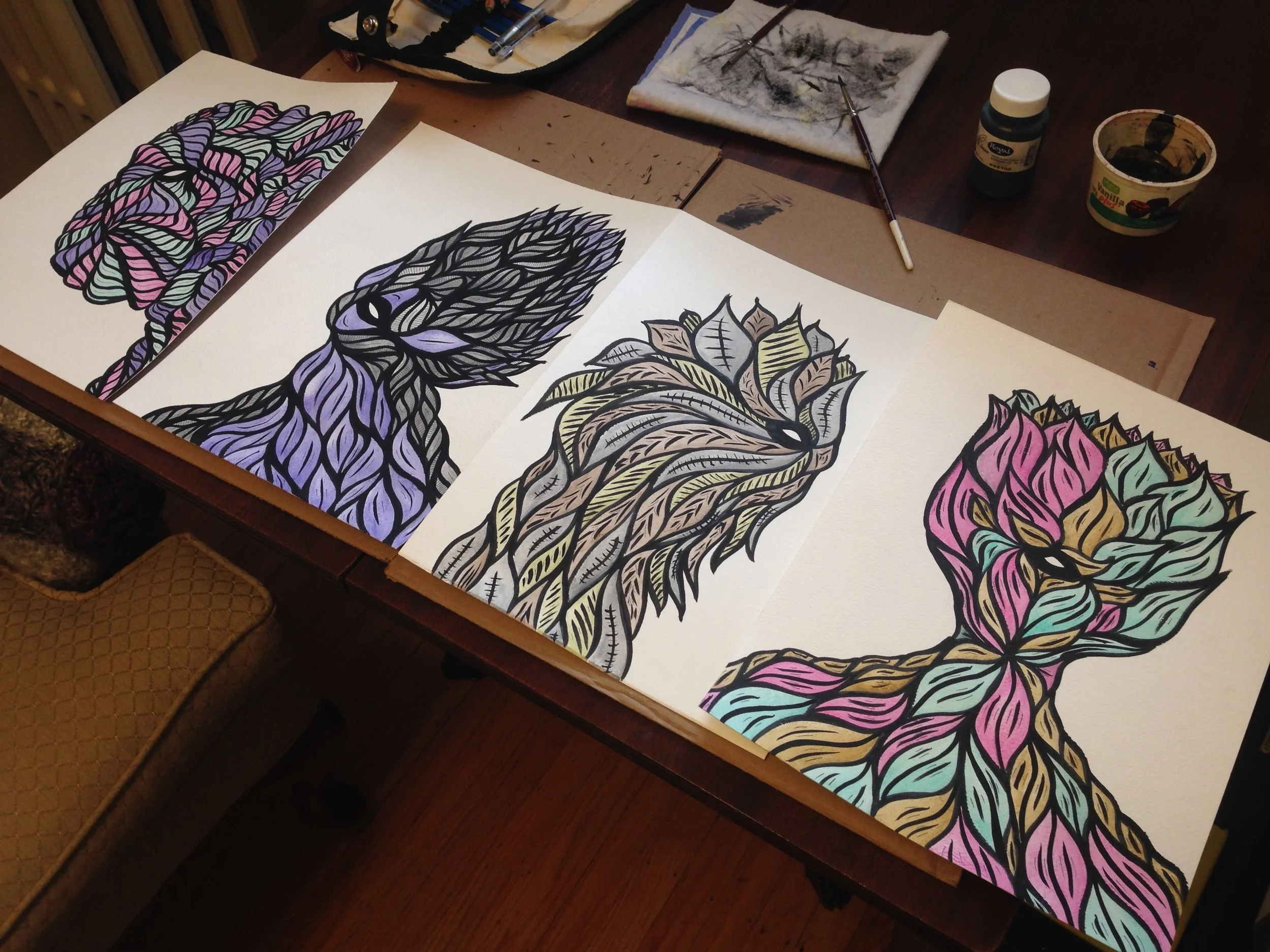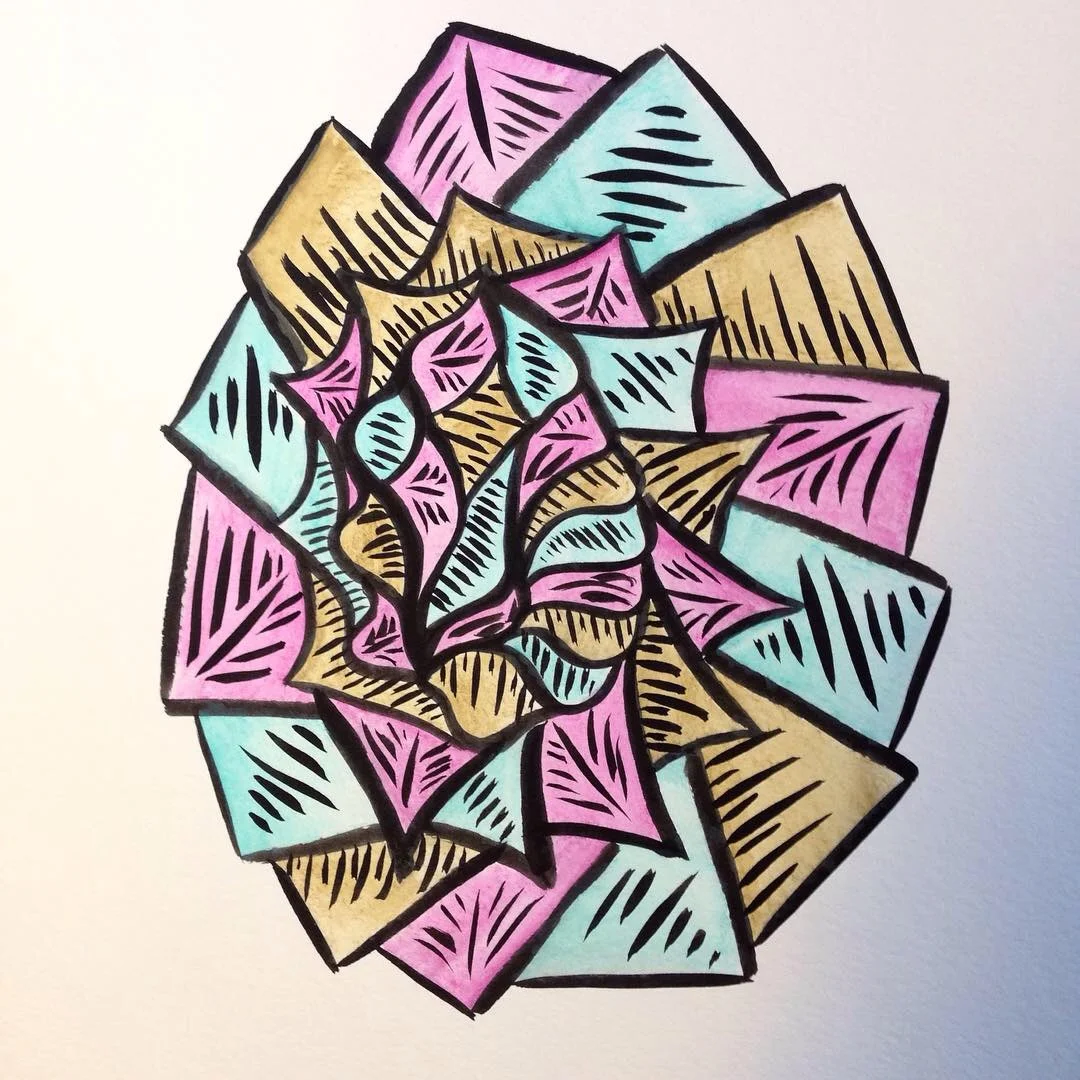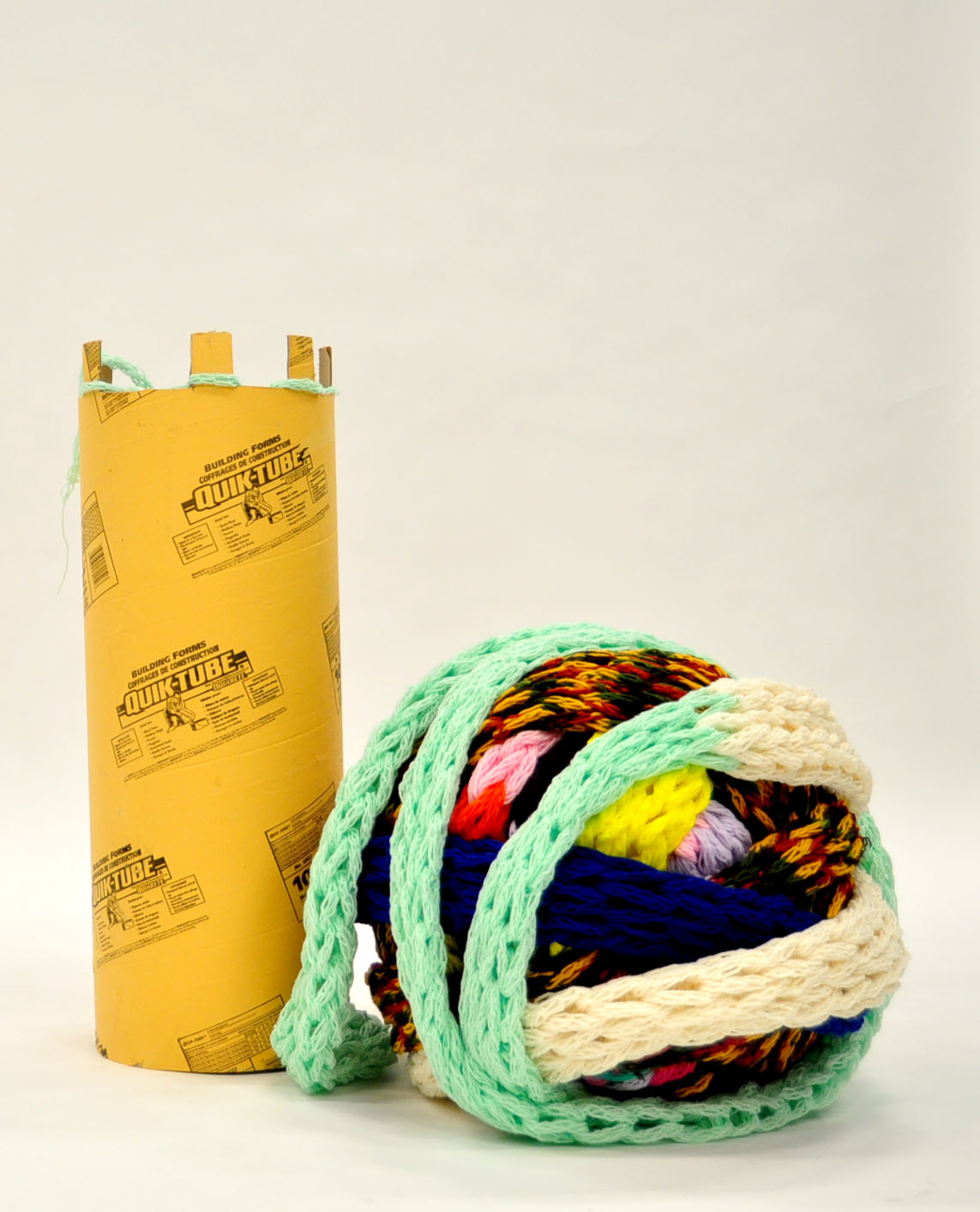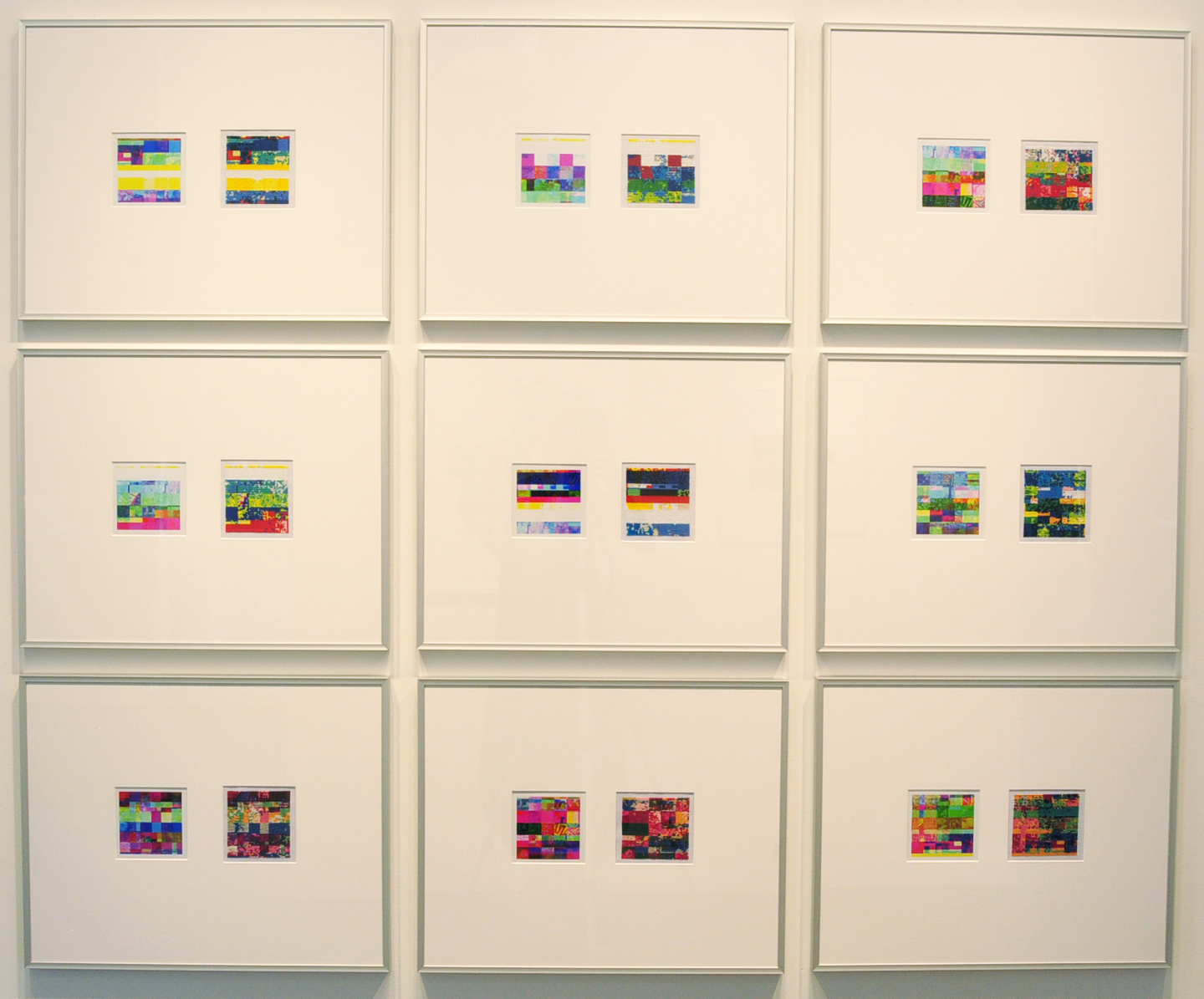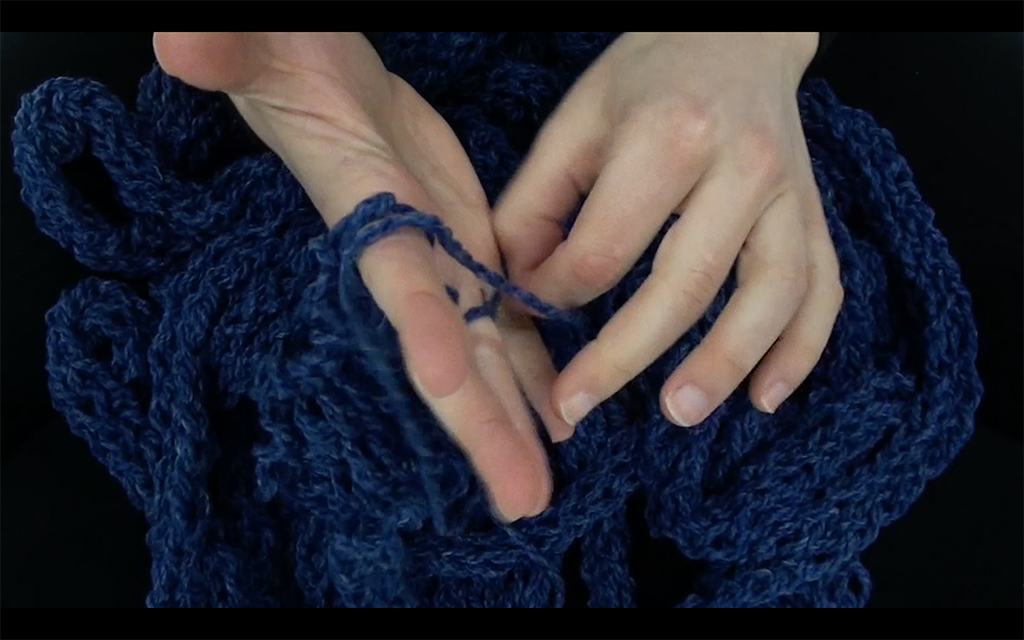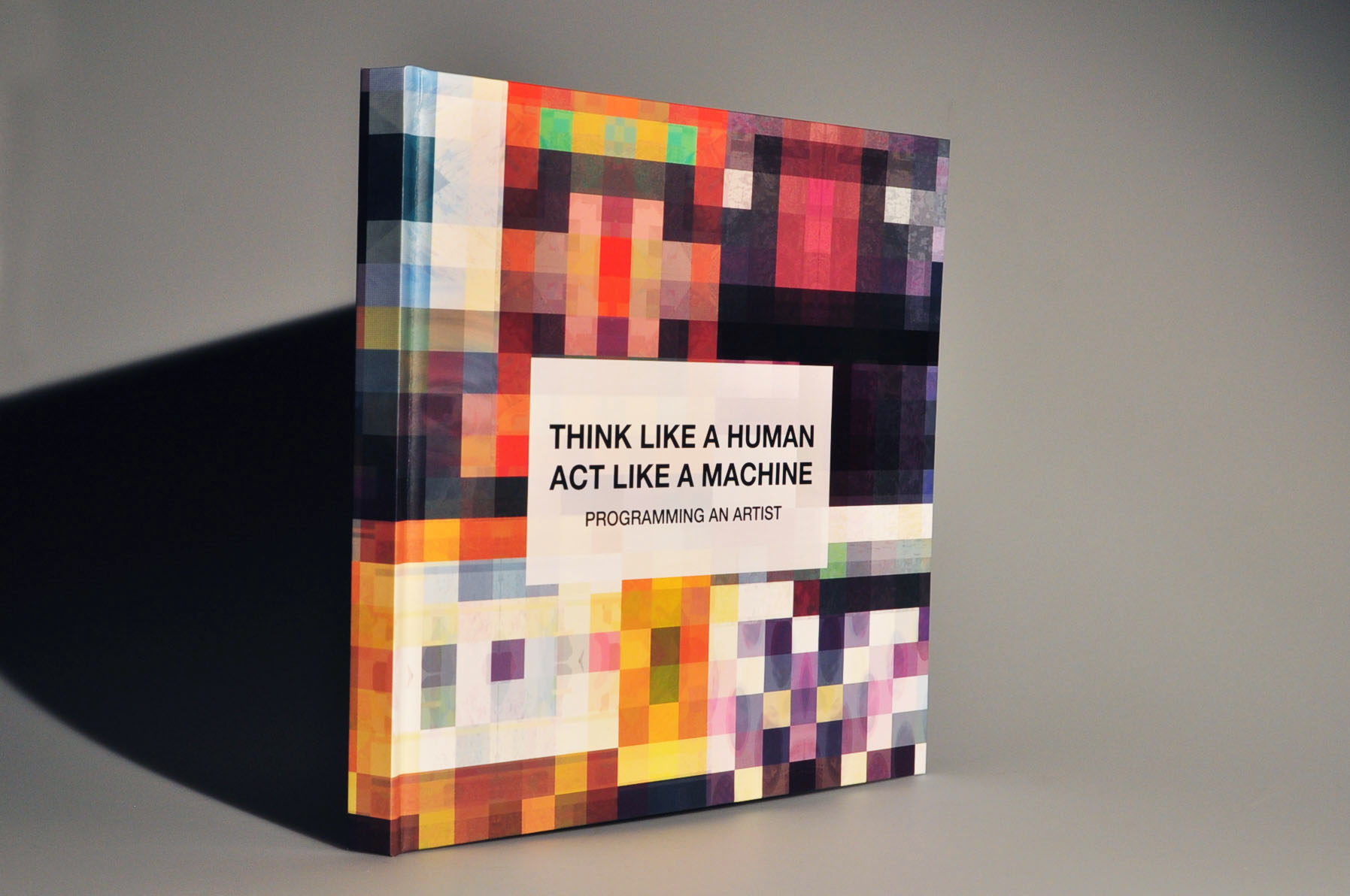This month I’ve made a significant shift in my practice towards a new evolution of work. I’ve decided that it’s time to cut ties with the Glitch Series, as I want to create work that is more focused on the idea and process, rather than the end result or finished piece. Part of the reason for this is that I’ve always been fascinated by processes, patterns, and the physical act of making something.
System Failure 01, 8x10 inches, embroidery floss, Aida cloth, 2020
When I started System Failure 01, my intention was for it to be a continuation of the Glitch Series, however, it evolved into something new. The image used was still sourced from a glitch image, however, this time I intentionally left parts of the cross-stitch unfinished. By doing so, I’ve created a glitch within a glitch. Although the work is made by hand, it’s reminiscent of a digital image that was disrupted, due to a “system failure” and was unable to load properly.
While I was doing my MFA, my thesis advisor Kevin Kelly commented on my work “you really don’t care about aesthetics, do you?”. In the moment, I was caught off guard and was honestly a bit offended by the observation. As an artist, you start out thinking that aesthetics is the most important foundation of art. We learn from a young age that if you can make something aesthetically pleasing, then you have artistic talent. Therefore, I took this comment about my work as a slander to my skills as an artist. I didn’t completely disagree with what he was saying, in the context of the work, however, I still felt conflicted about what it meant to make art that considered aesthetics an afterthought.
Since then, my work has evolved and I’ve further expanded my approach to making art using systemic processes which follow patterns and pre-established rules. I’ve only recently come to the realization that Kevin’s assertion about my work was in fact spot on. My strongest, most focused work is that which does not concern itself with aesthetics. What matters most for my art practice is the processes, patterns, methods, and systems that I use to make art as though I am a machine. By taking aesthetics out of the equation, I distance myself from the creative intent of the work. I generate art using labour intensive repetitive systems which allows me to become more like a machine than an artist, or perhaps an artist machine.
Work in progress, embroidery, Aida cloth, 2020
So I thought to myself, how do I remove the aesthetics from a work of art? How do I create something that doesn’t exist physically, but instead, focuses on the importance of the process? I’ve been working on a new project with these ideas as the foundation and inspiration for the work. I’m cross-stitching on a regimented basis for a a few minutes every day. Using white embroidery floss on Aida cloth, I’m moving away from creating an aesthetic pattern and instead I’m simply cross-stitching straight lines. I’m also documenting the process using my iPad to capture the daily practice.
I began my daily stitching ritual on the 7th day of my menstrual cycle (once the bleeding stopped) and I will continue with this ritual until the cycle has ended. On the first day of my next cycle, I will proceed to un-stitch the embroidery thread and start the process all over again. Thus, I won’t have a “finished” physical work in the end. The final presentation of the project will be in video format and I will also create an audio component that goes along with it.
The work will continue to explore the idea of artist as machine, as well as woman as a machine. I want to question the definitions of artist, machine, and woman. In my practice, I see each of these things as being connected and often interchangeable to each other.
After reading Donna Haraway’s “Cyborg Manifesto” I became cognizant of the fact that women are machines and reproduction is embedded into their existence. Similar to any machine, women do not have a control over the system/program that they are born with. But what if a woman doesn’t full-fill her program to reproduce? Whether by choice or by circumstance? Which makes me wonder what it means to be a machine or an artist that doesn’t full-fill their pre-established programming? Can you be an artist machine that doesn’t produce work?
